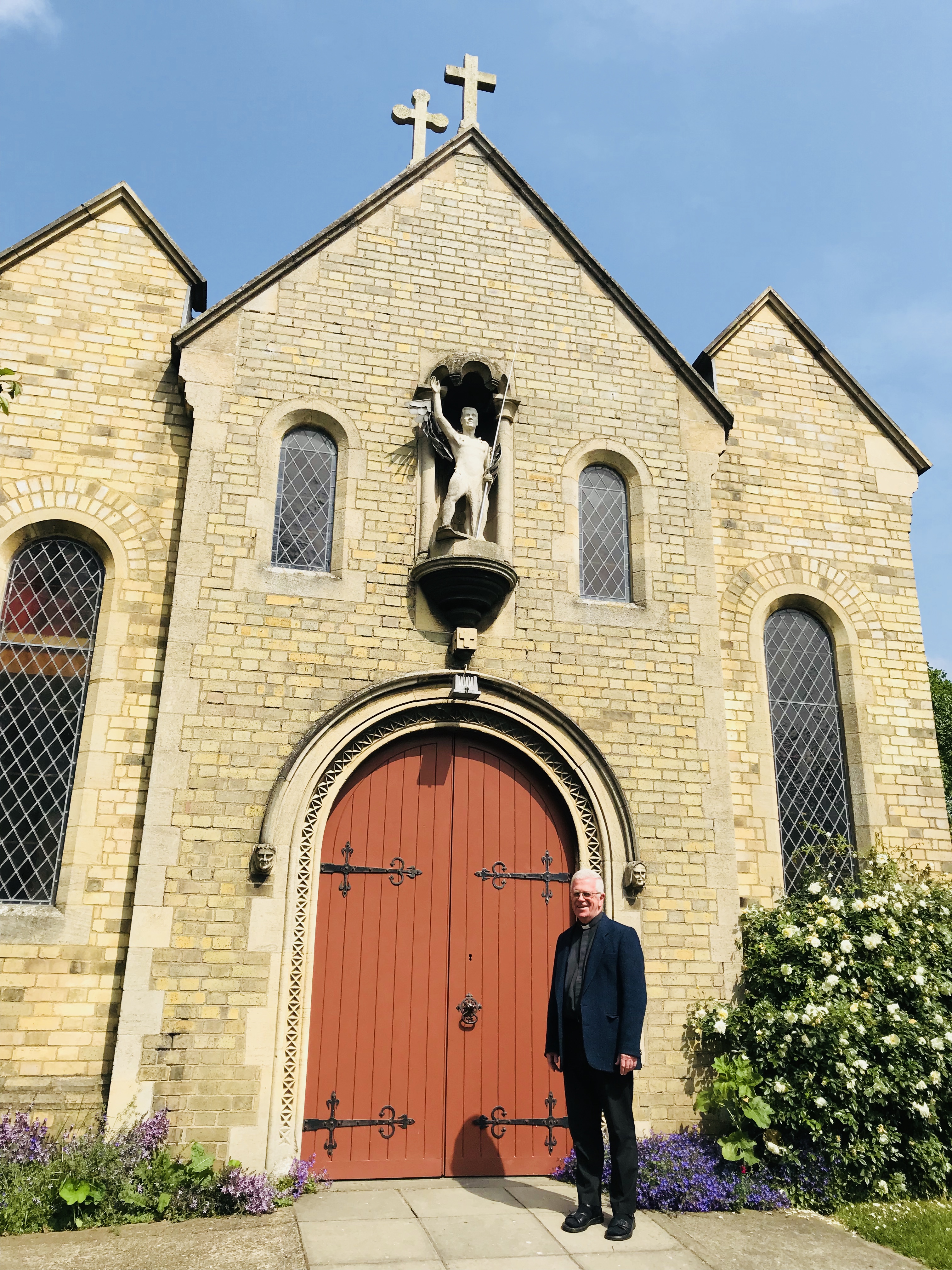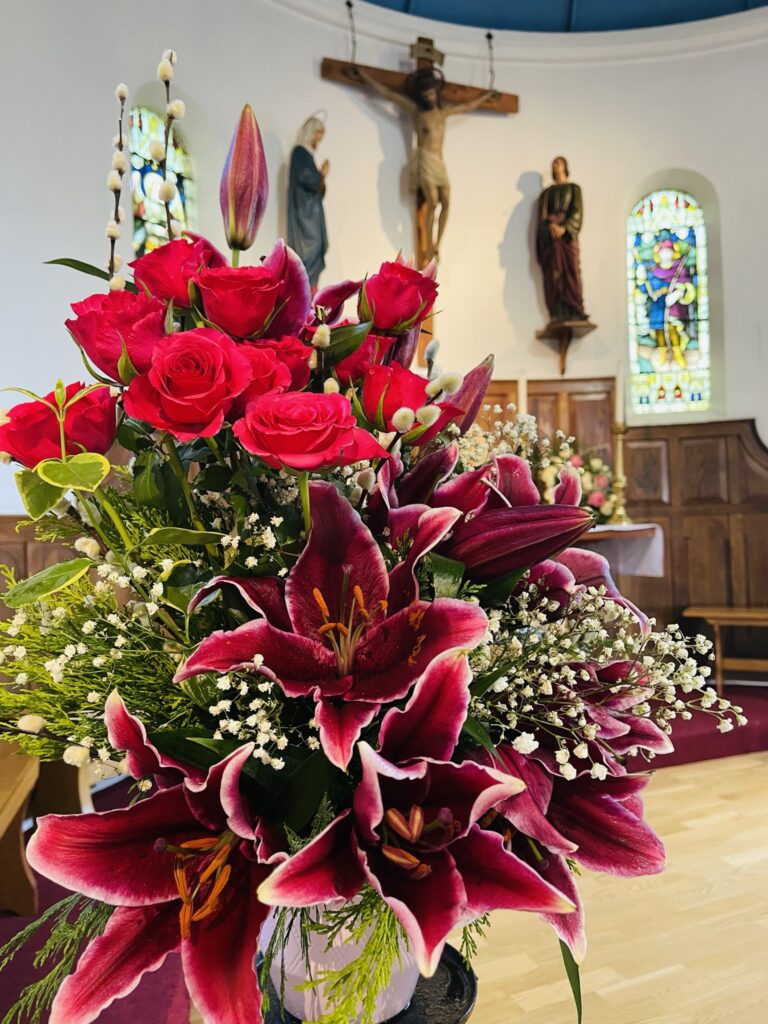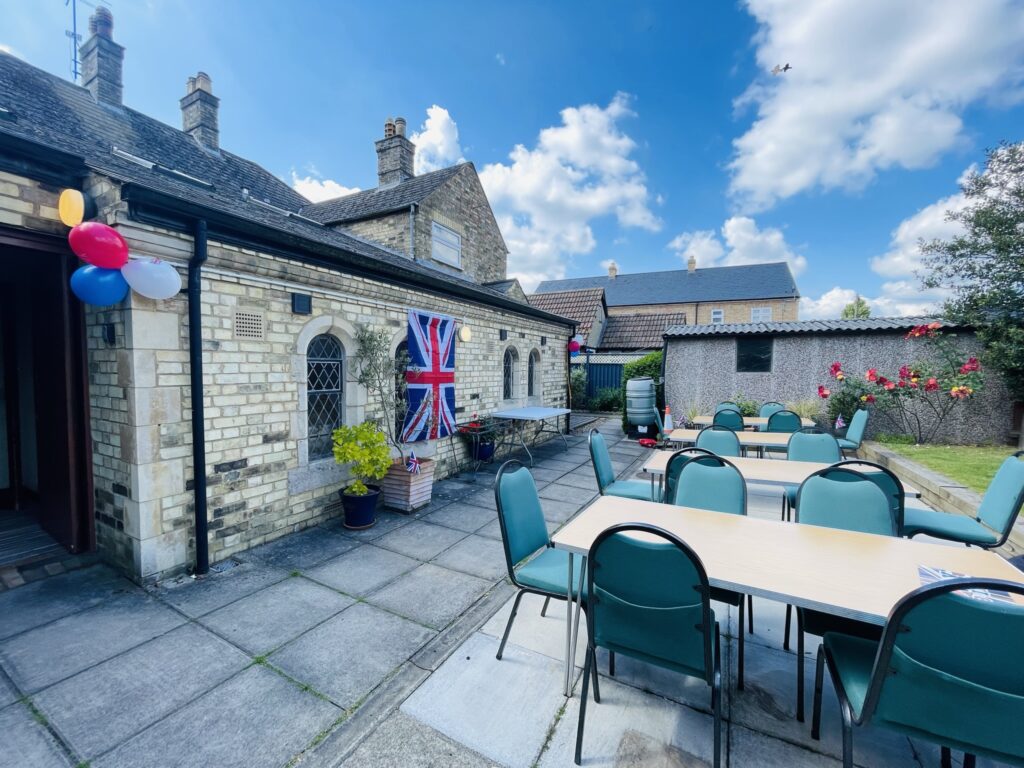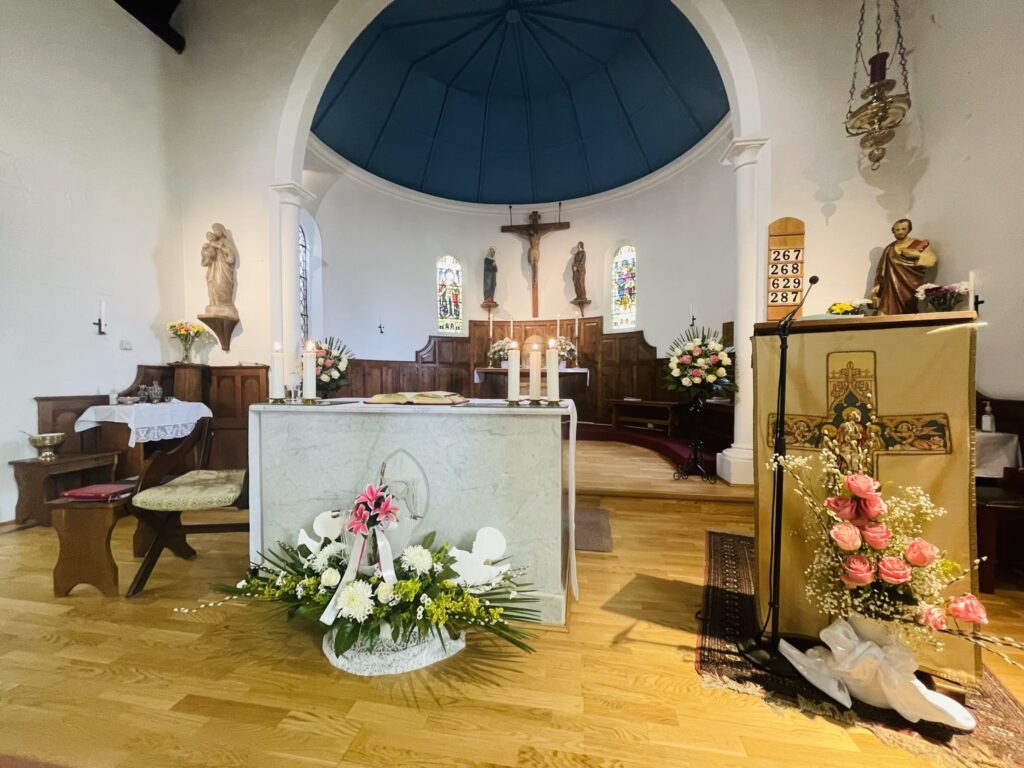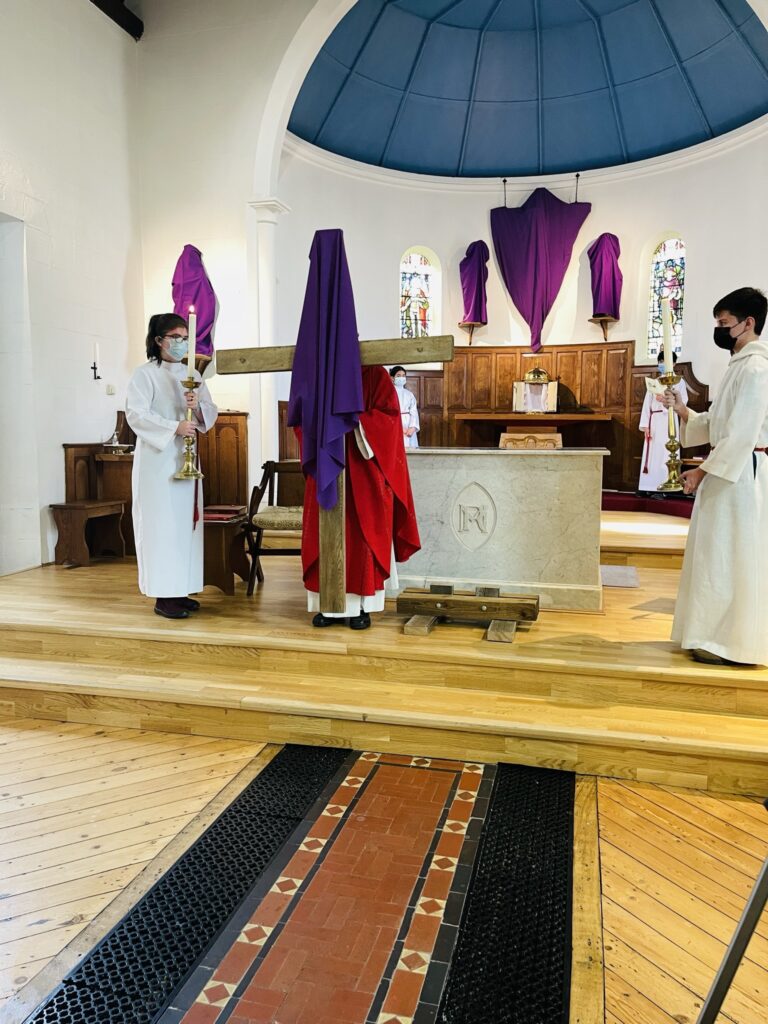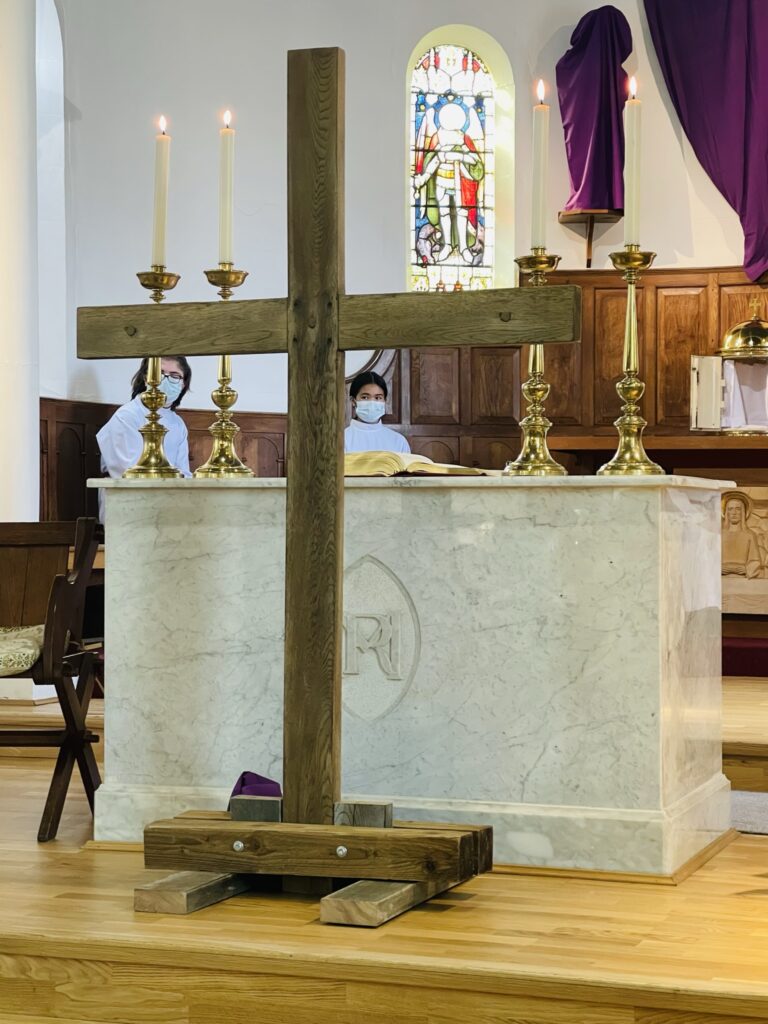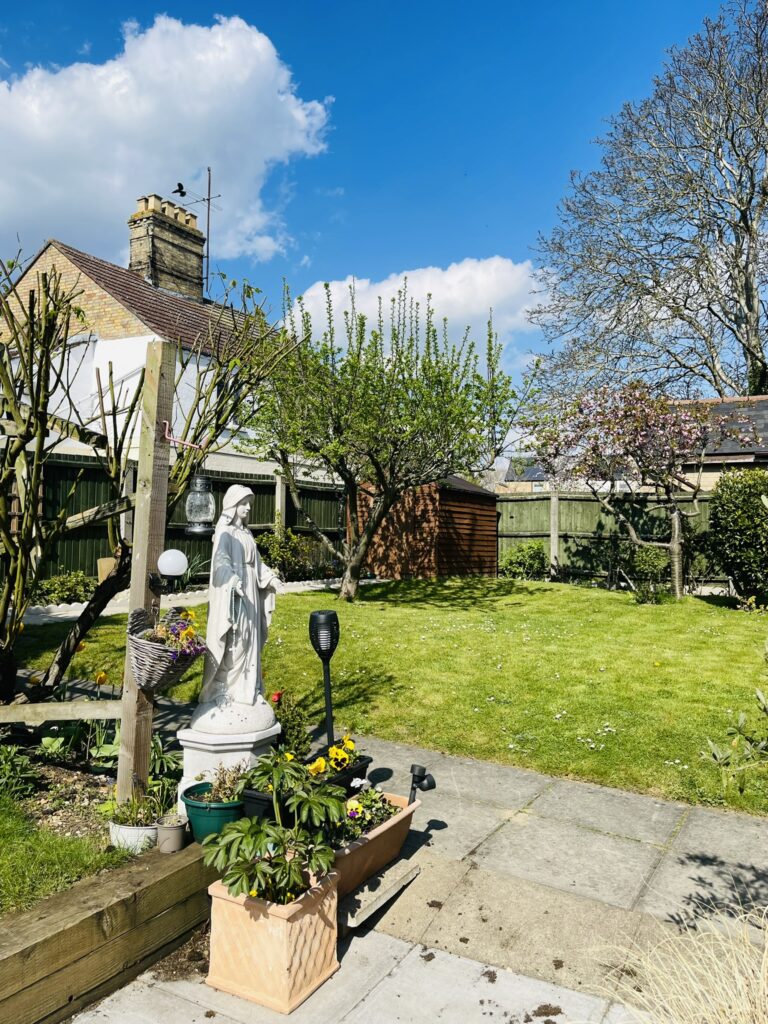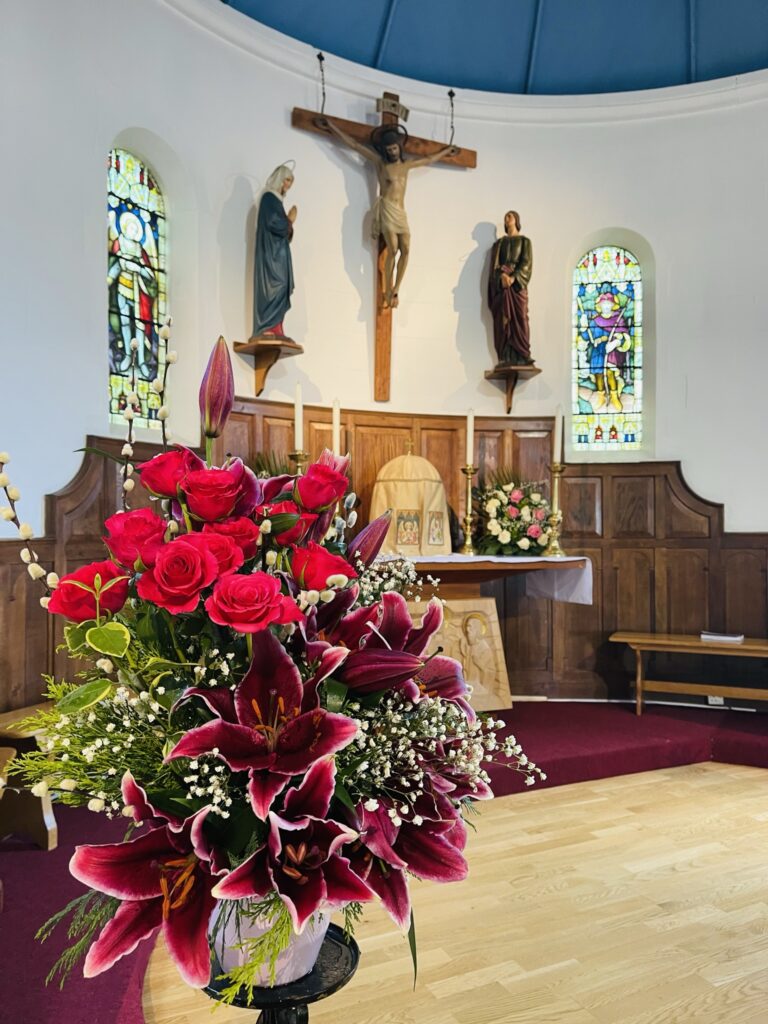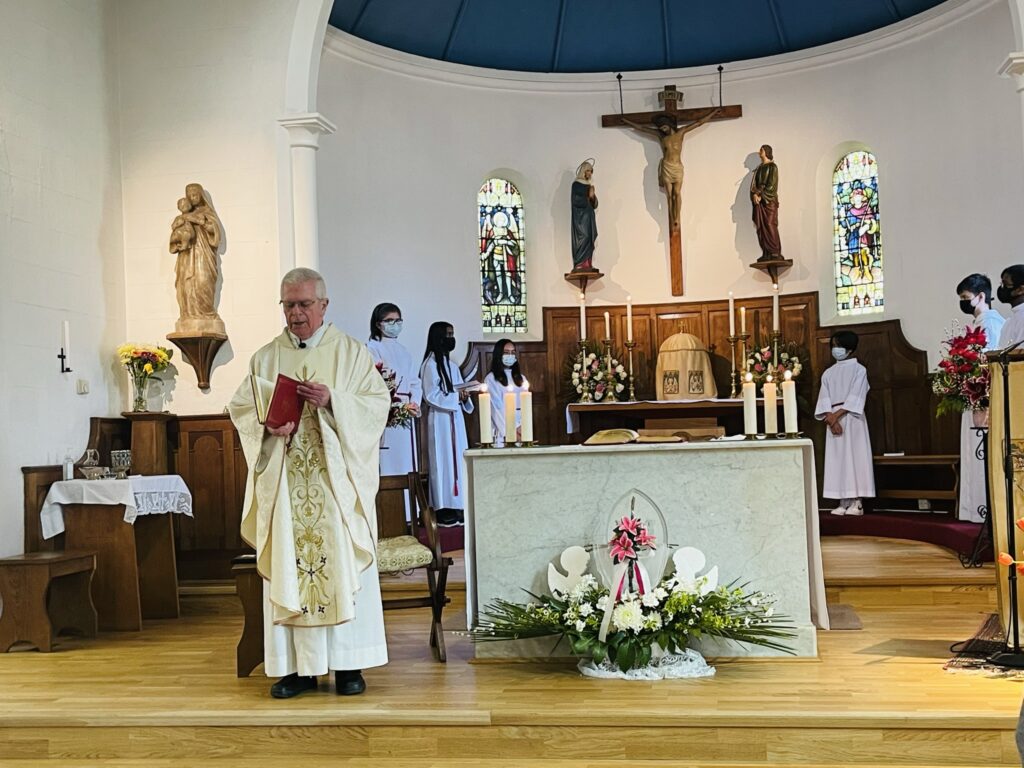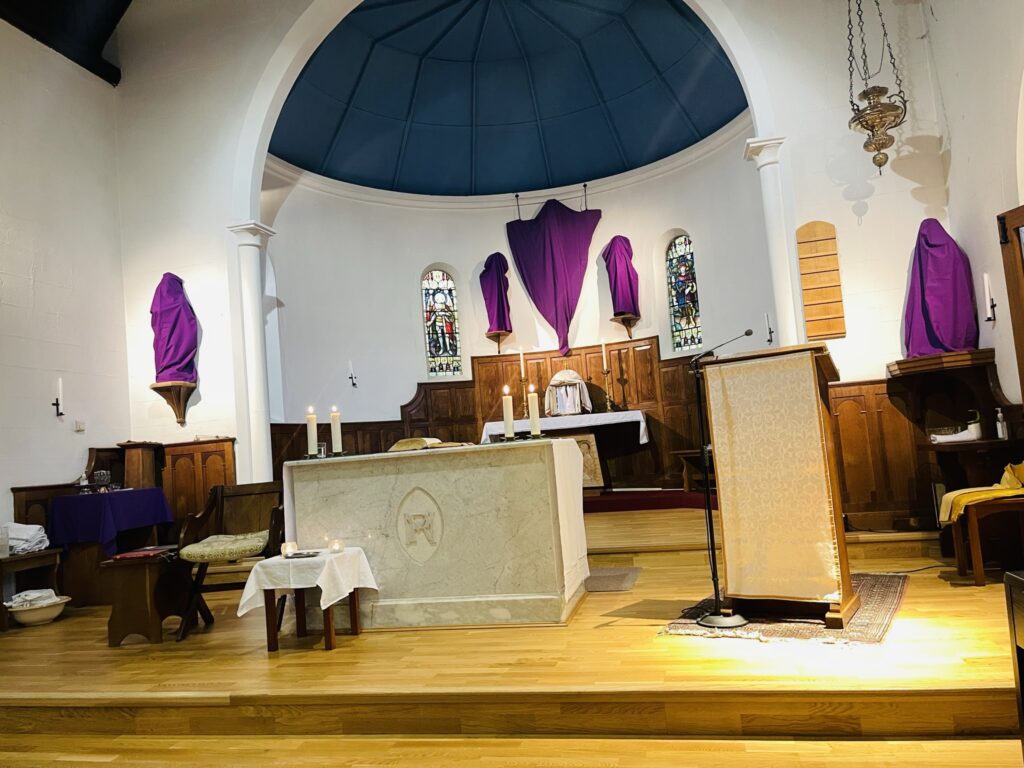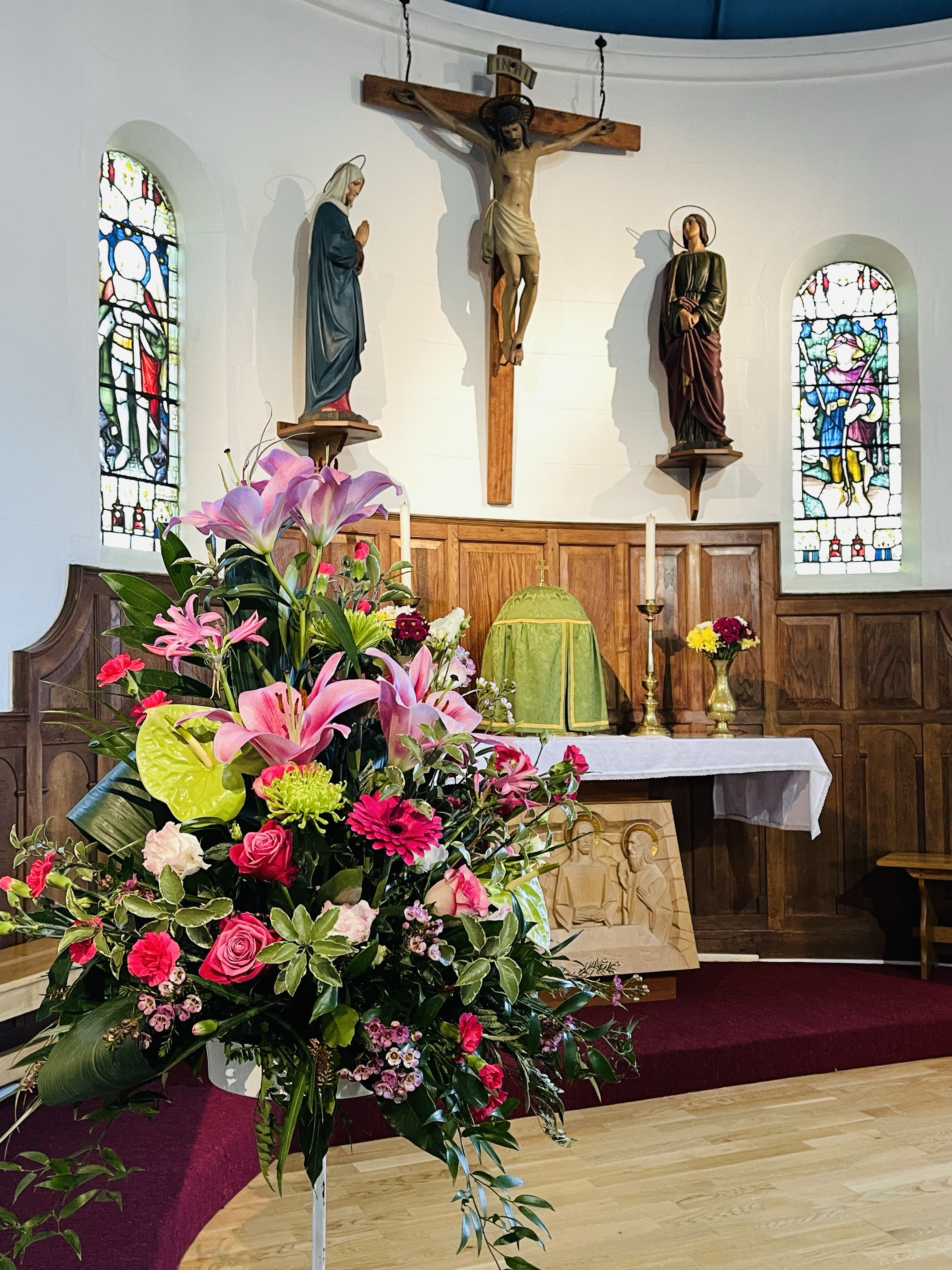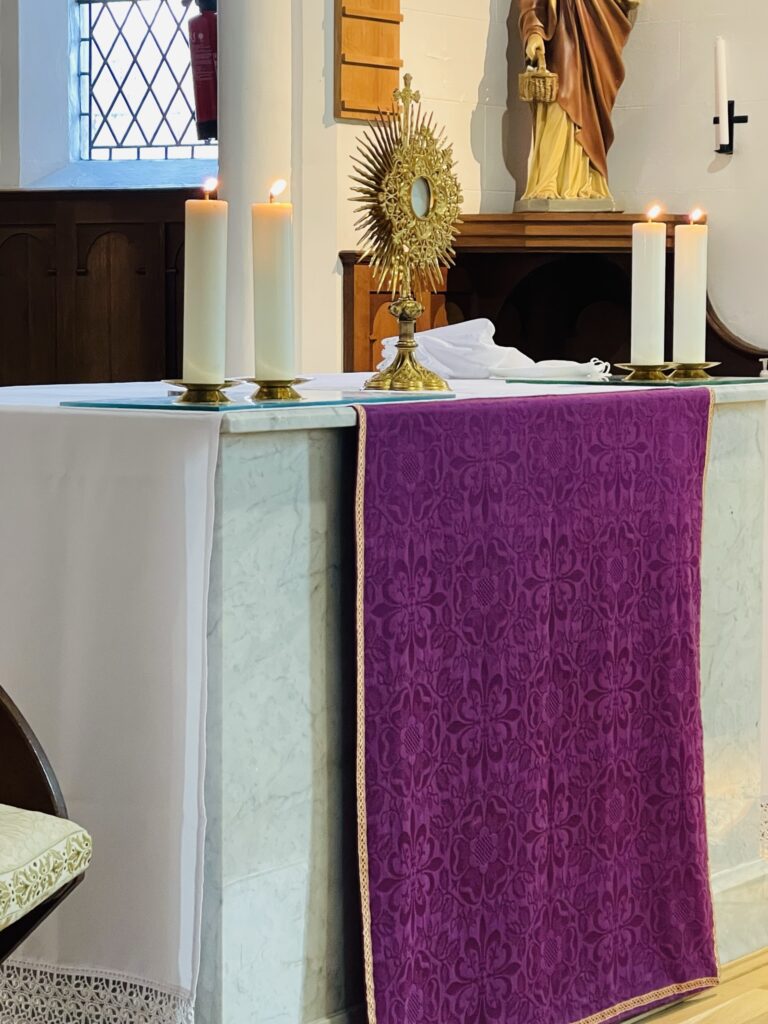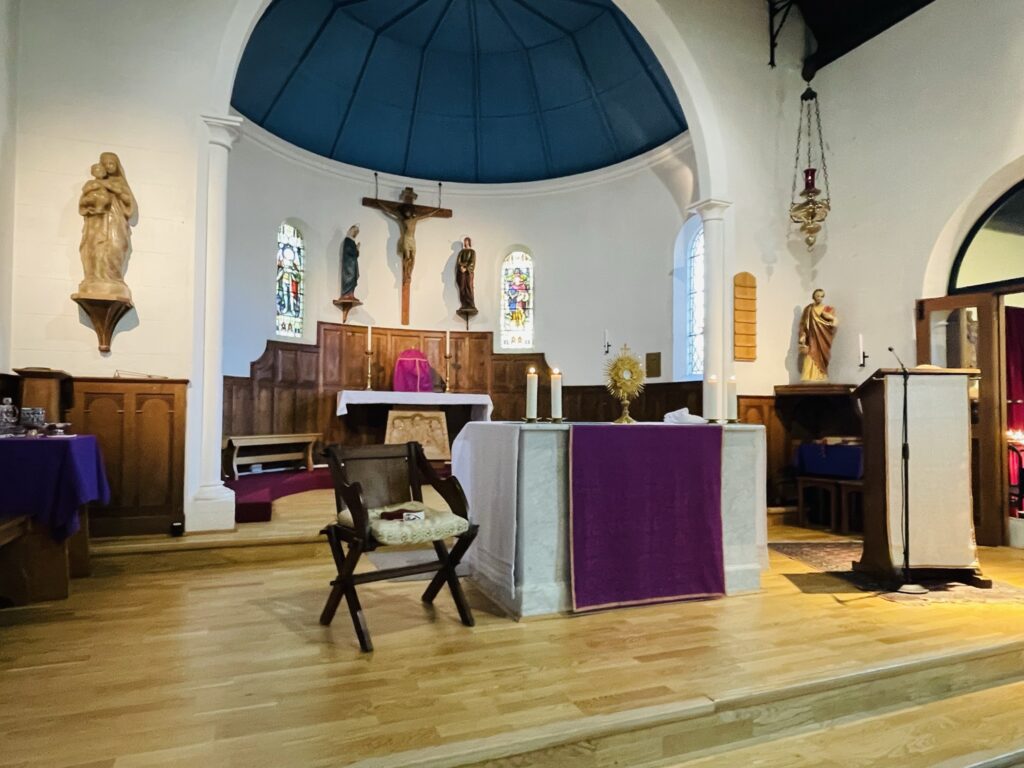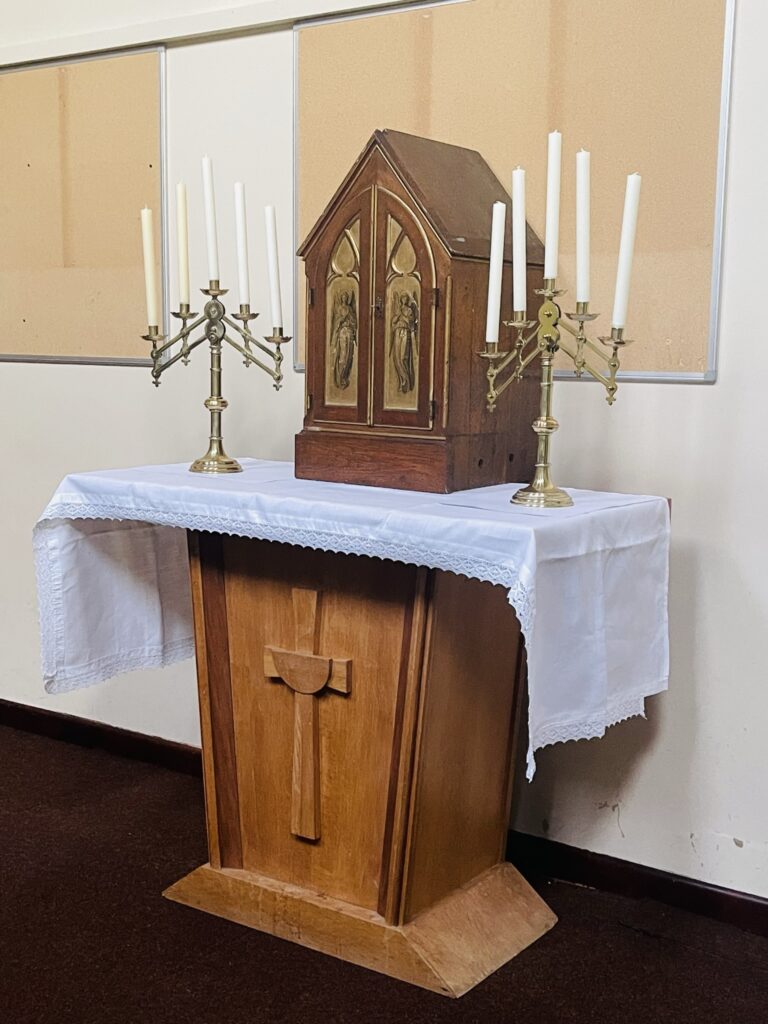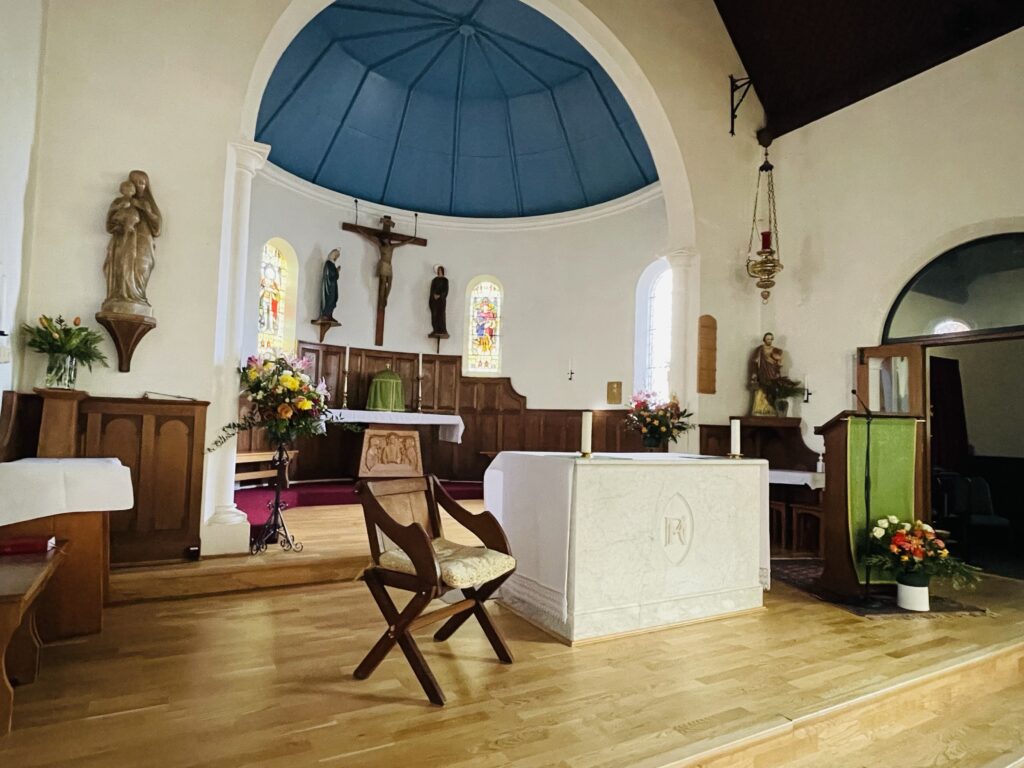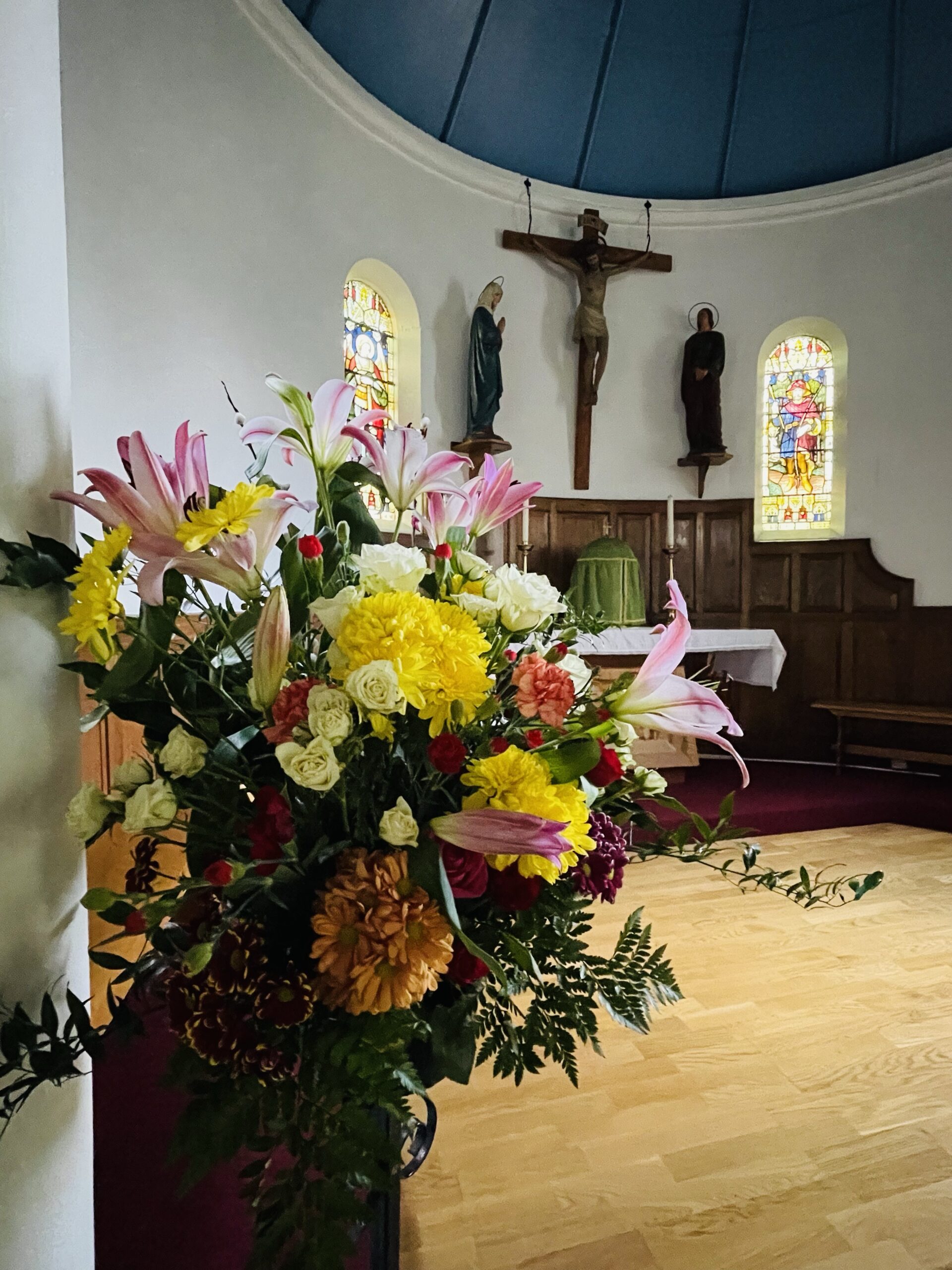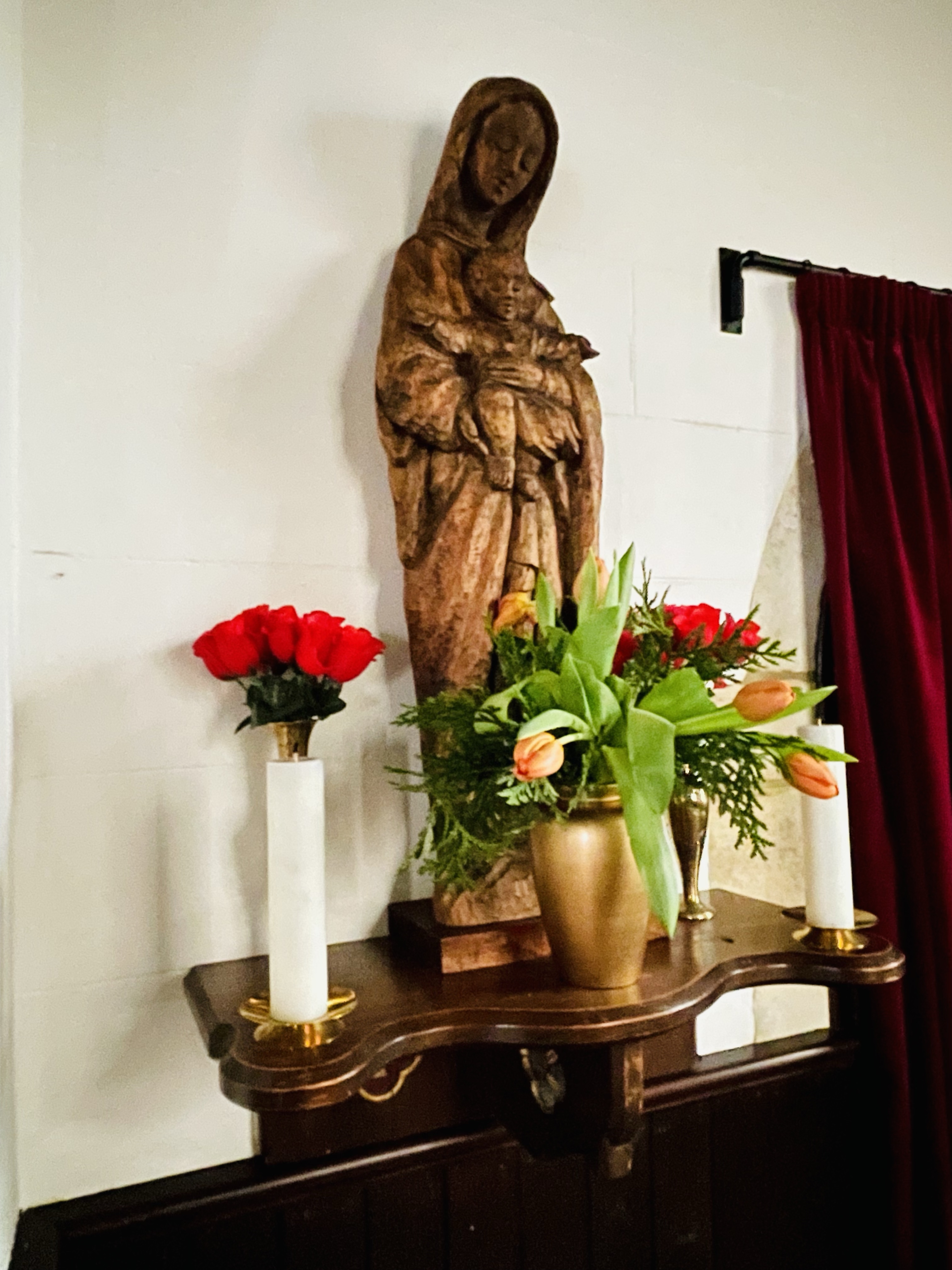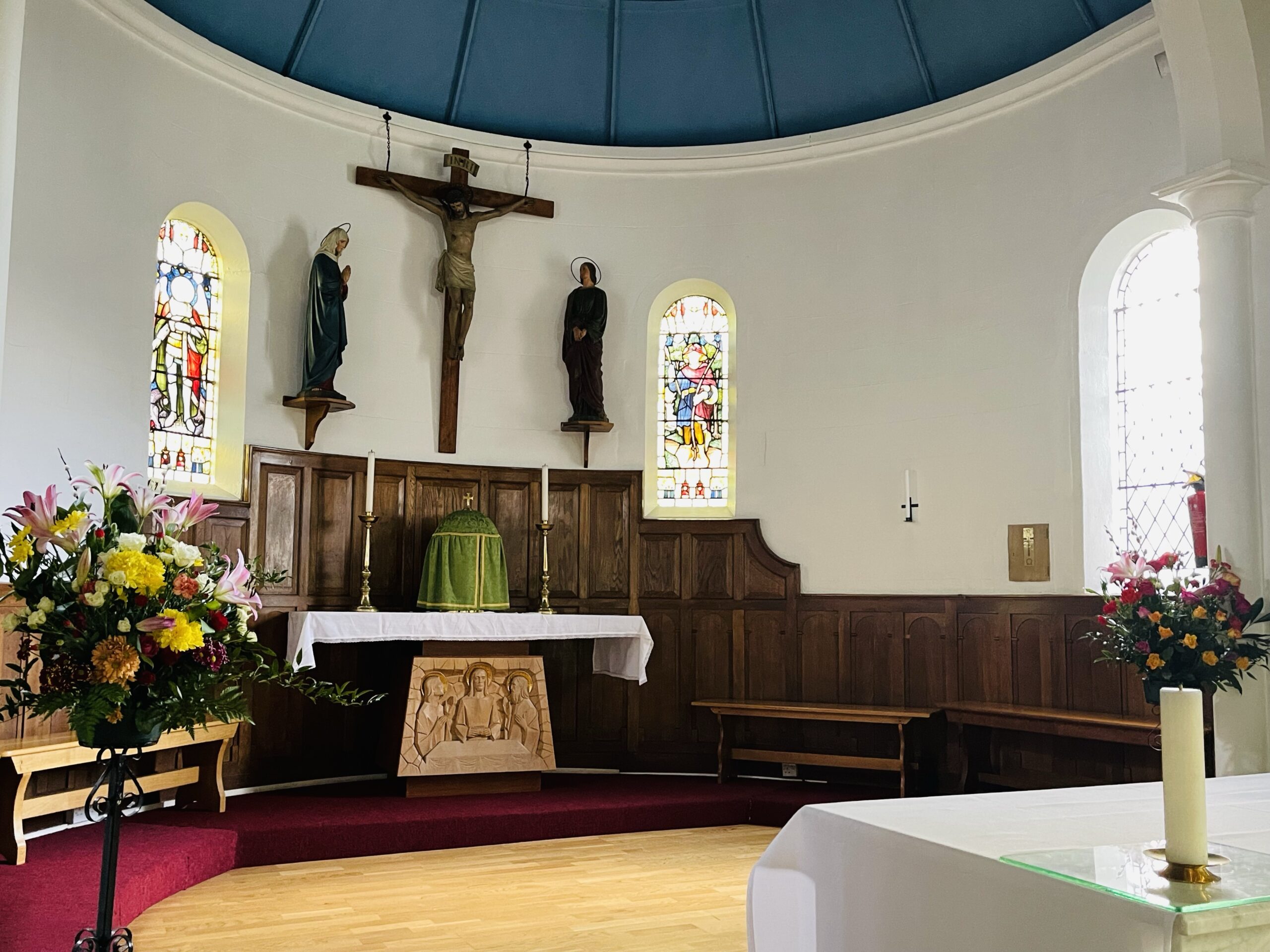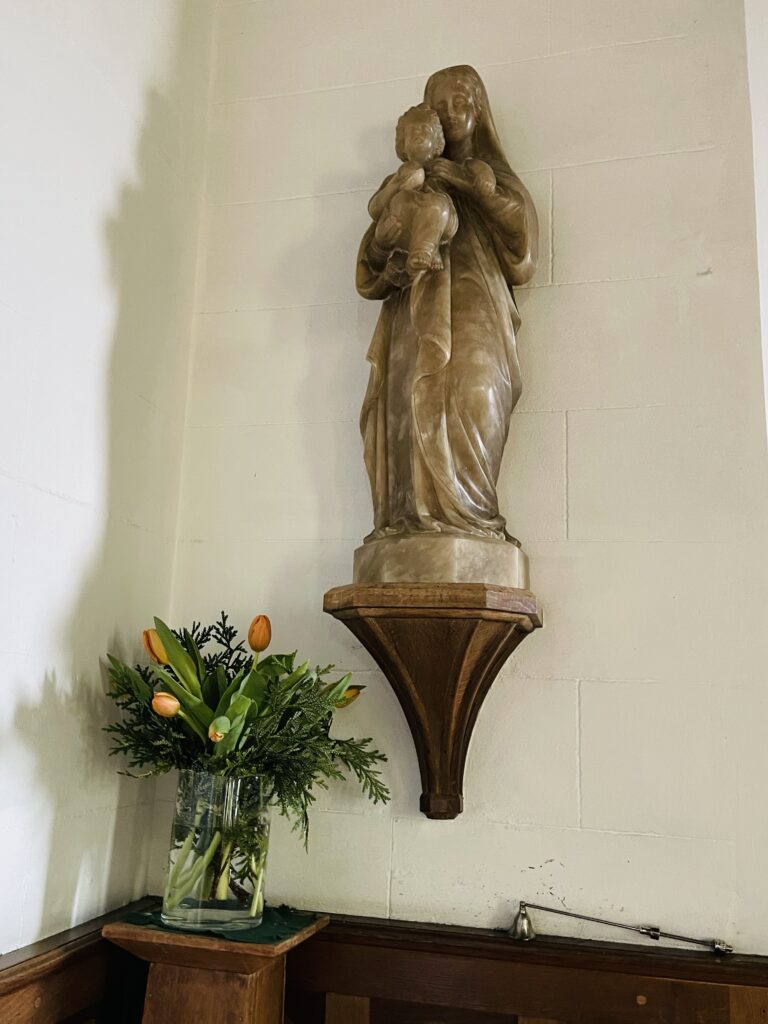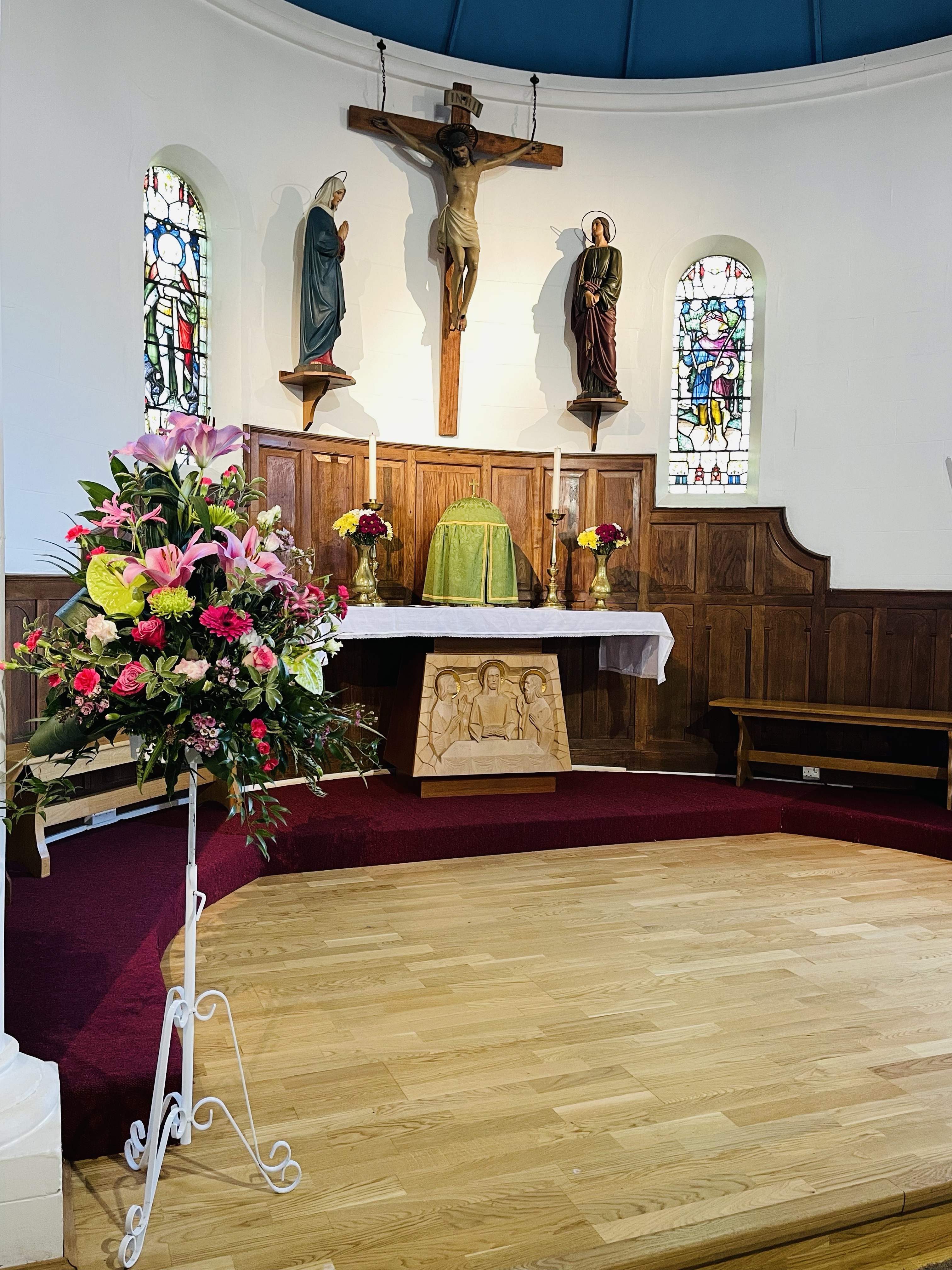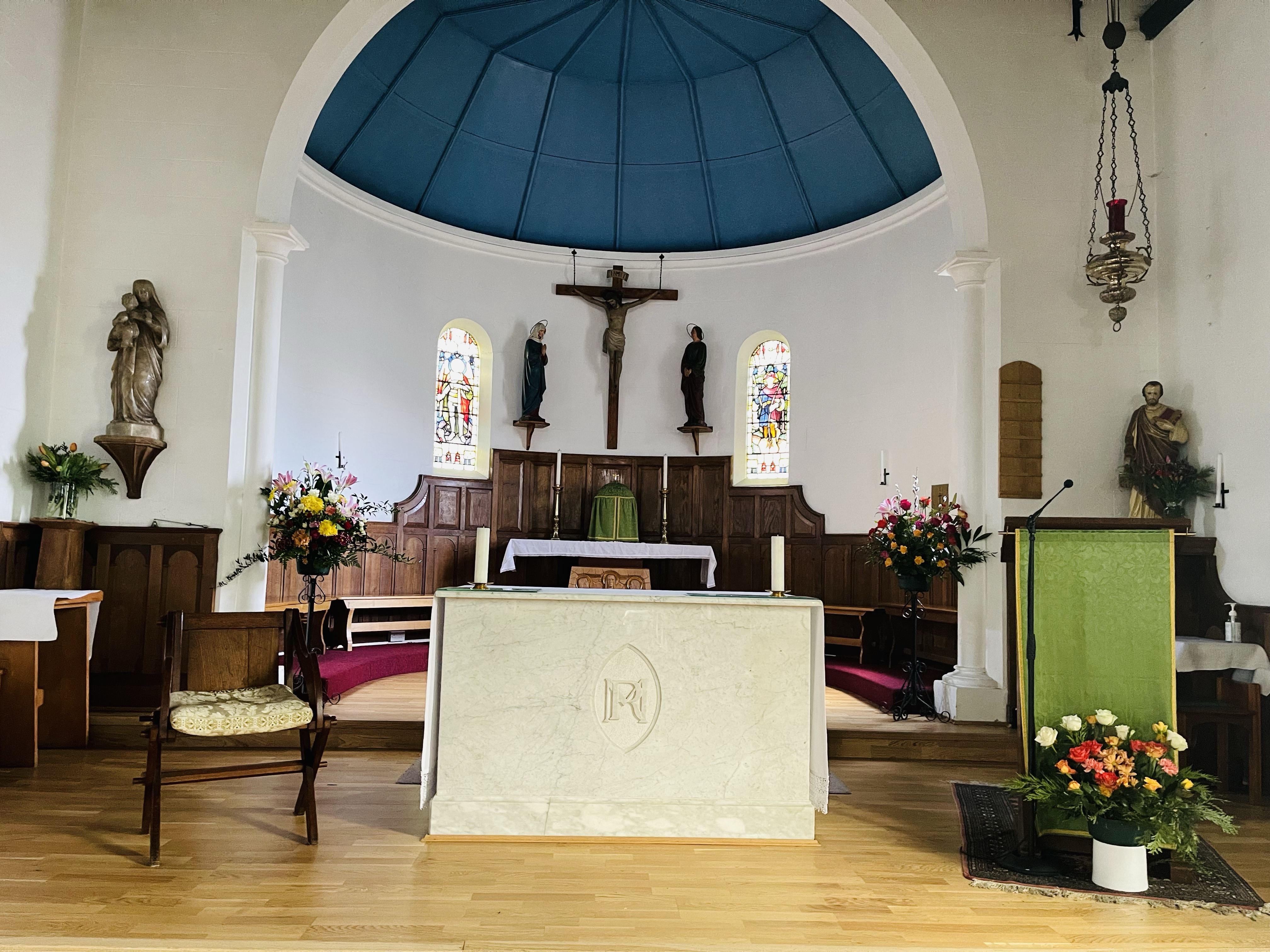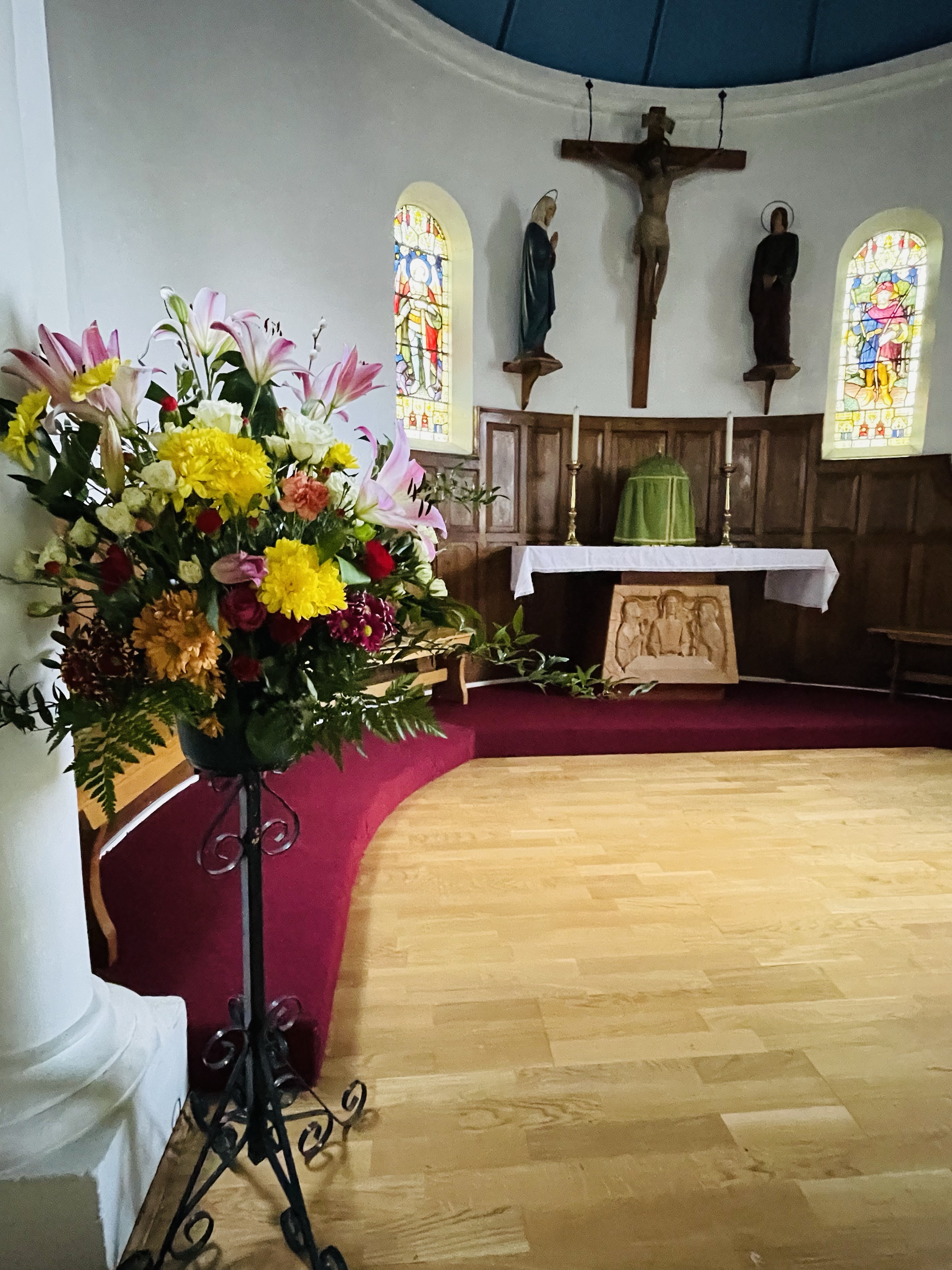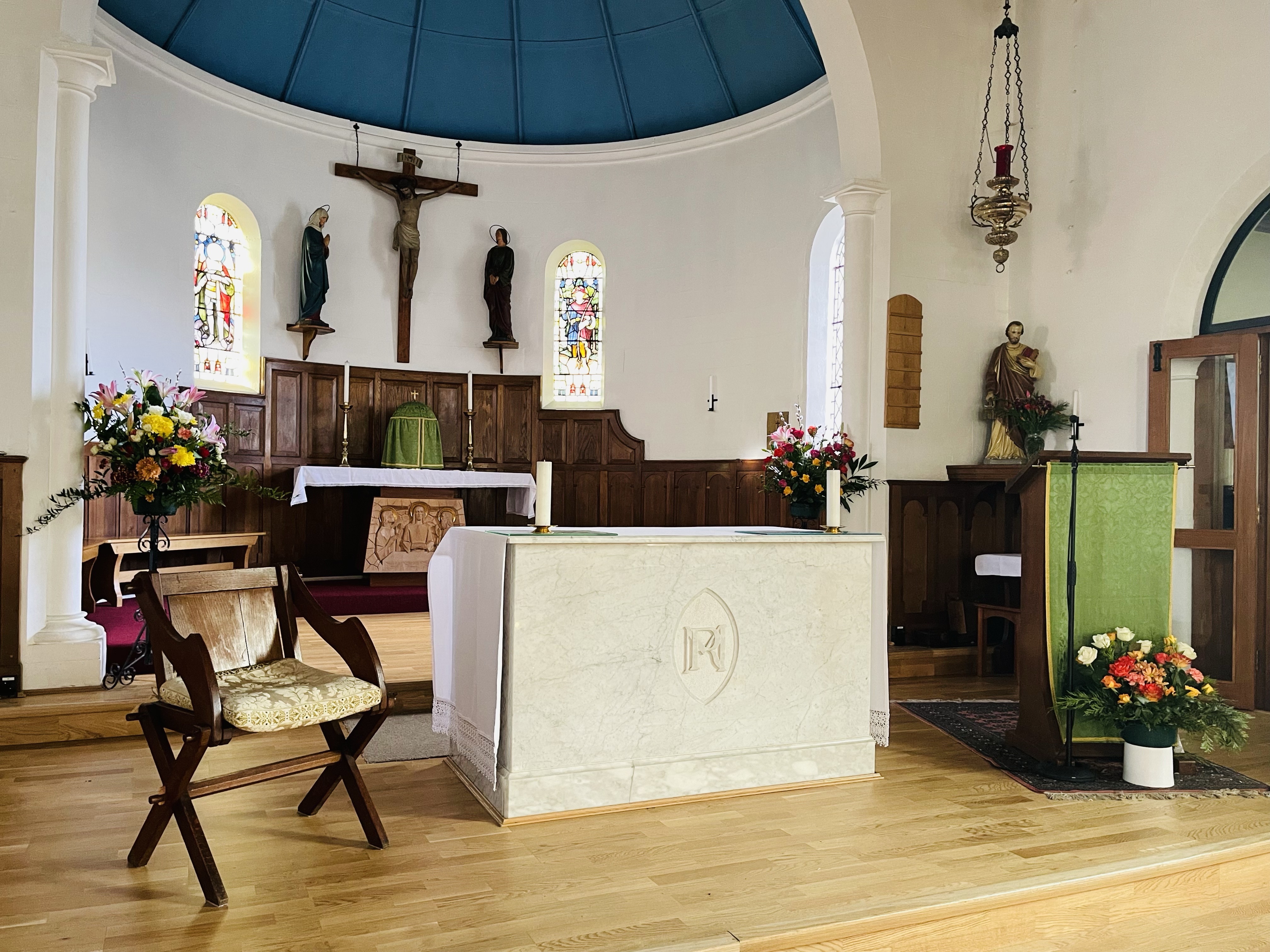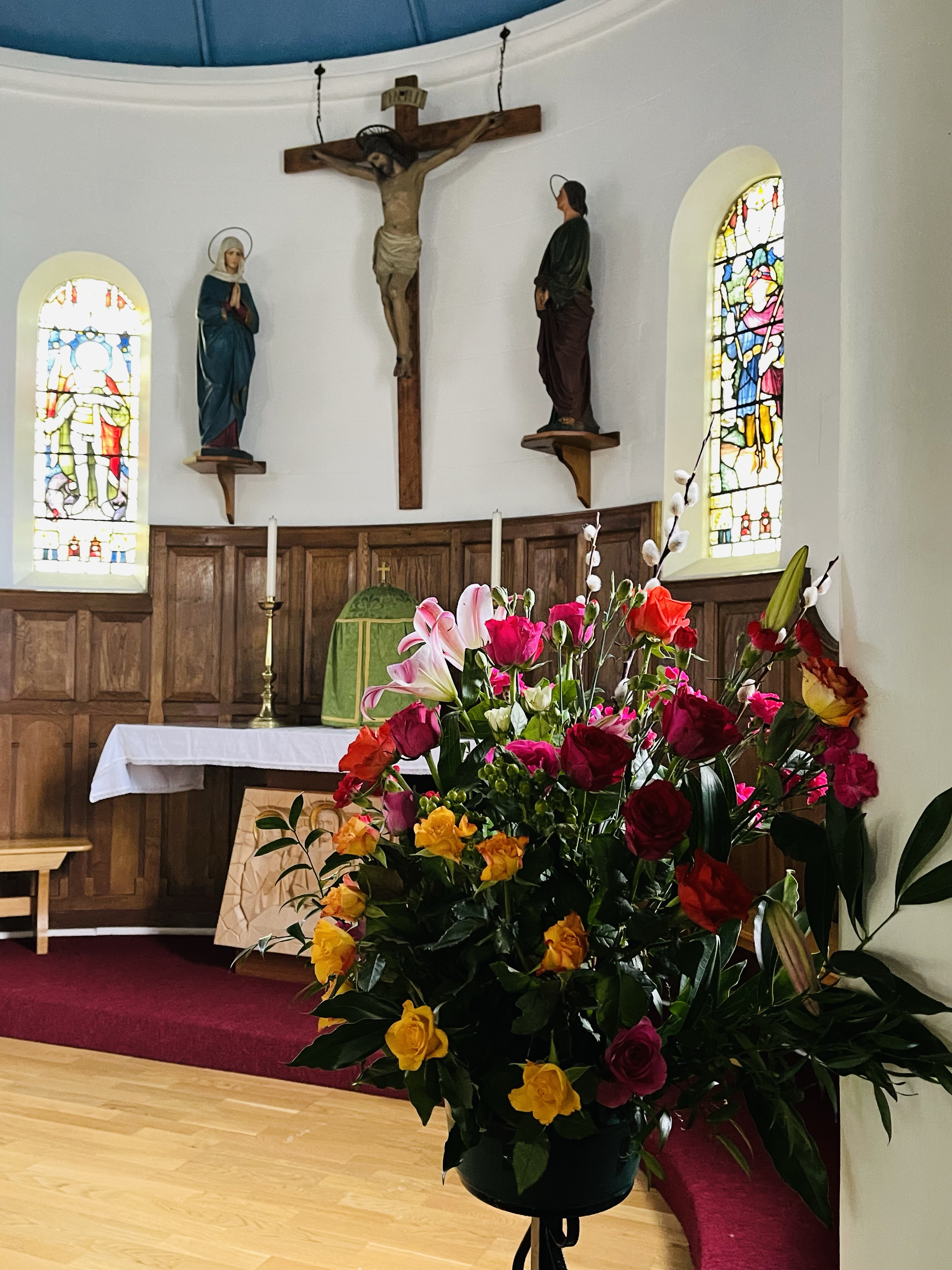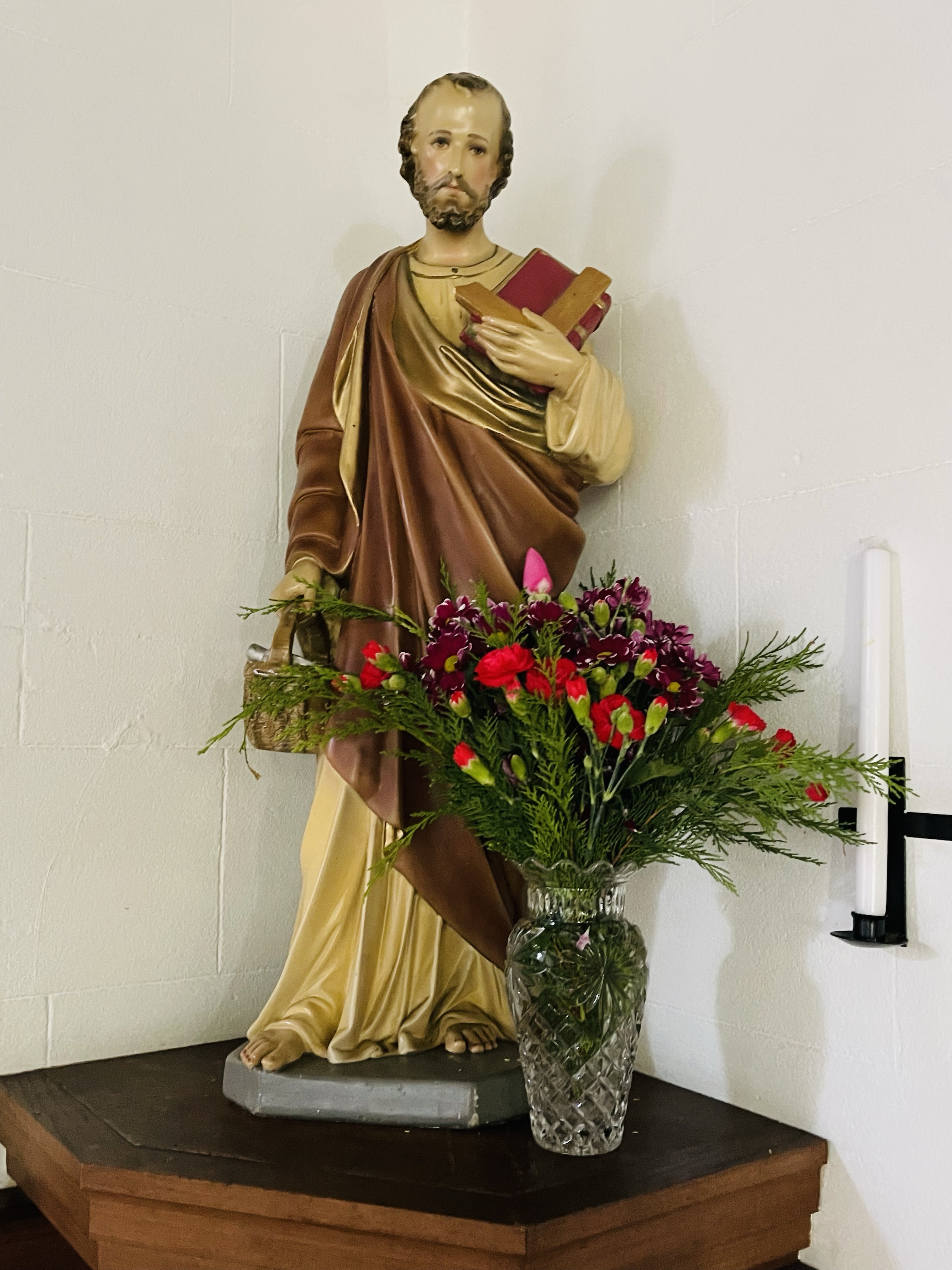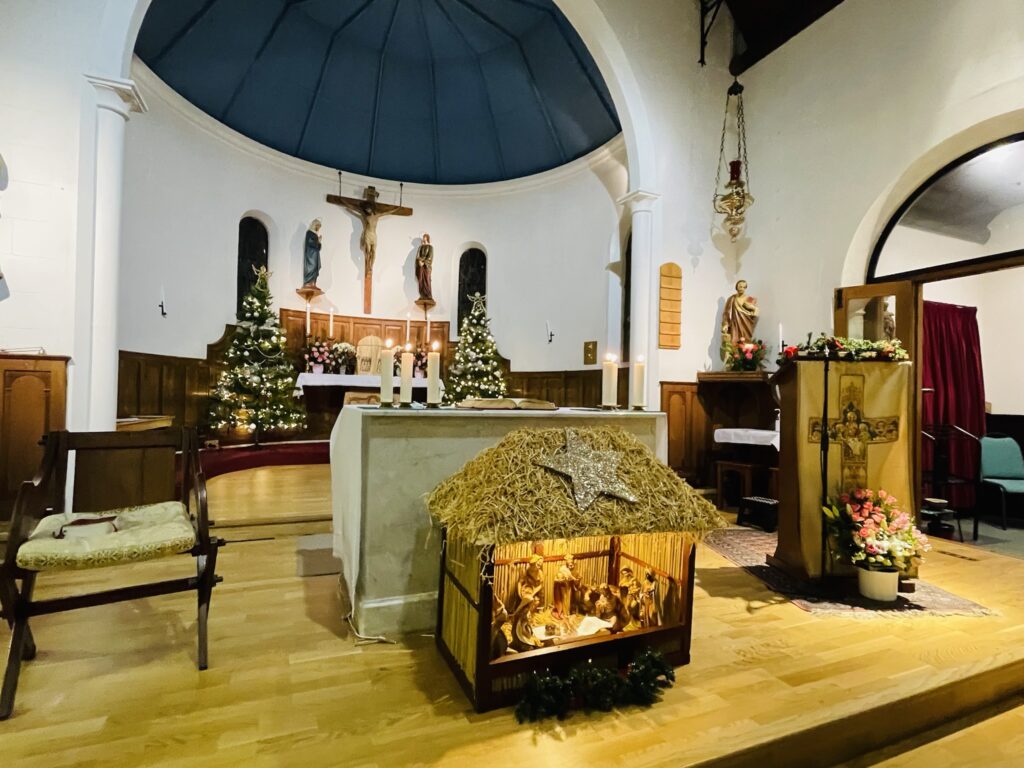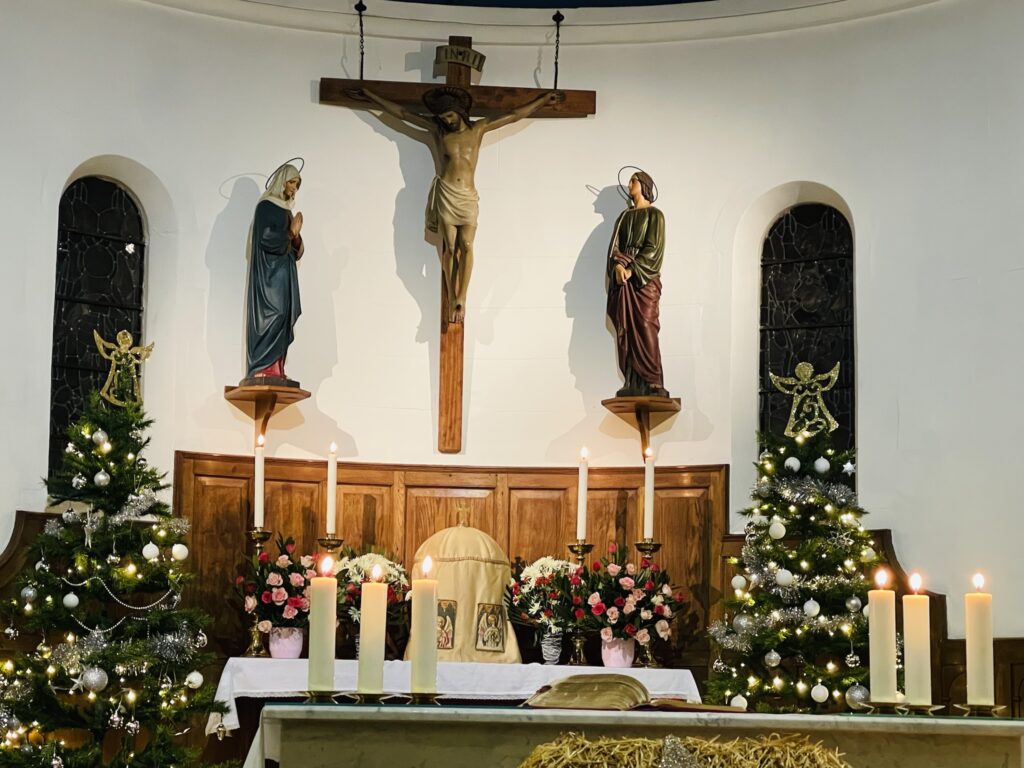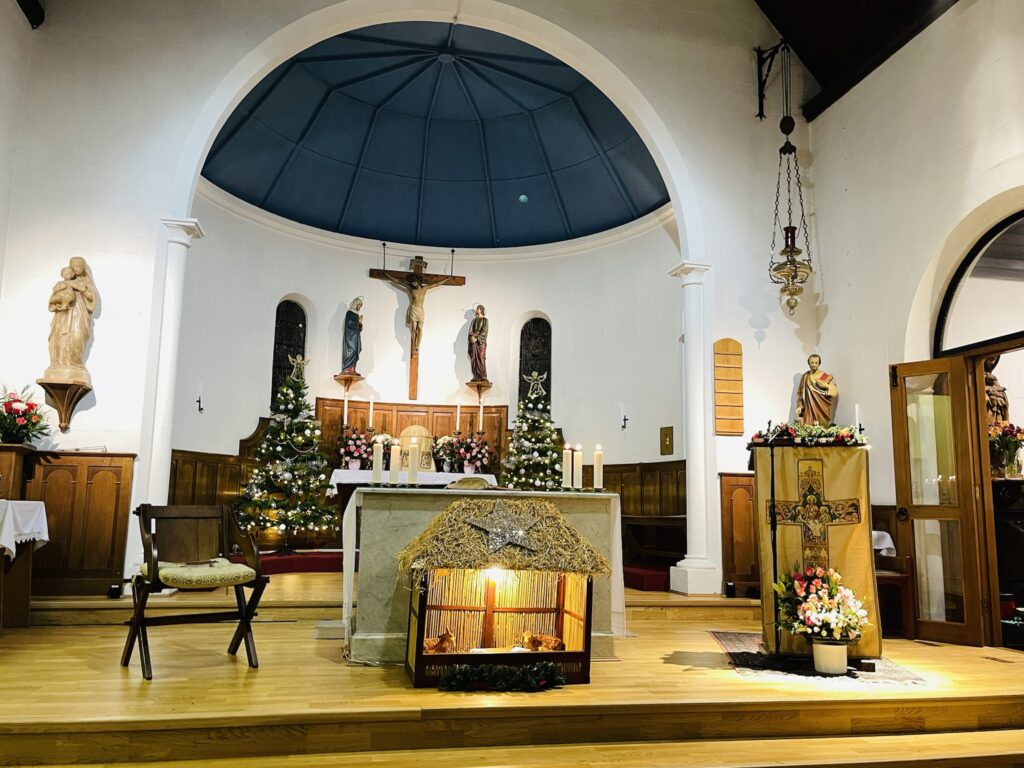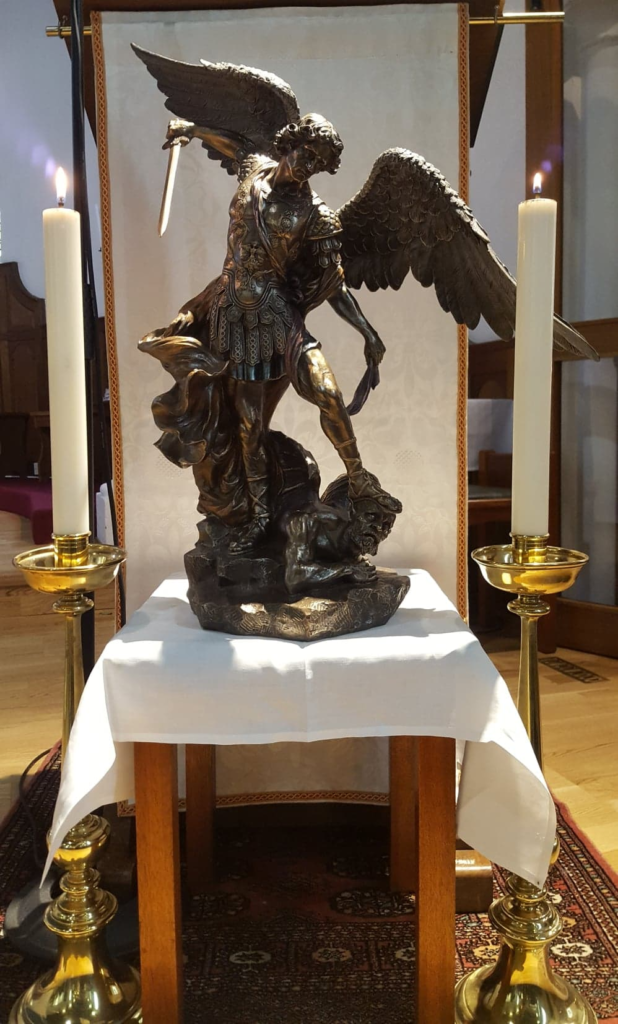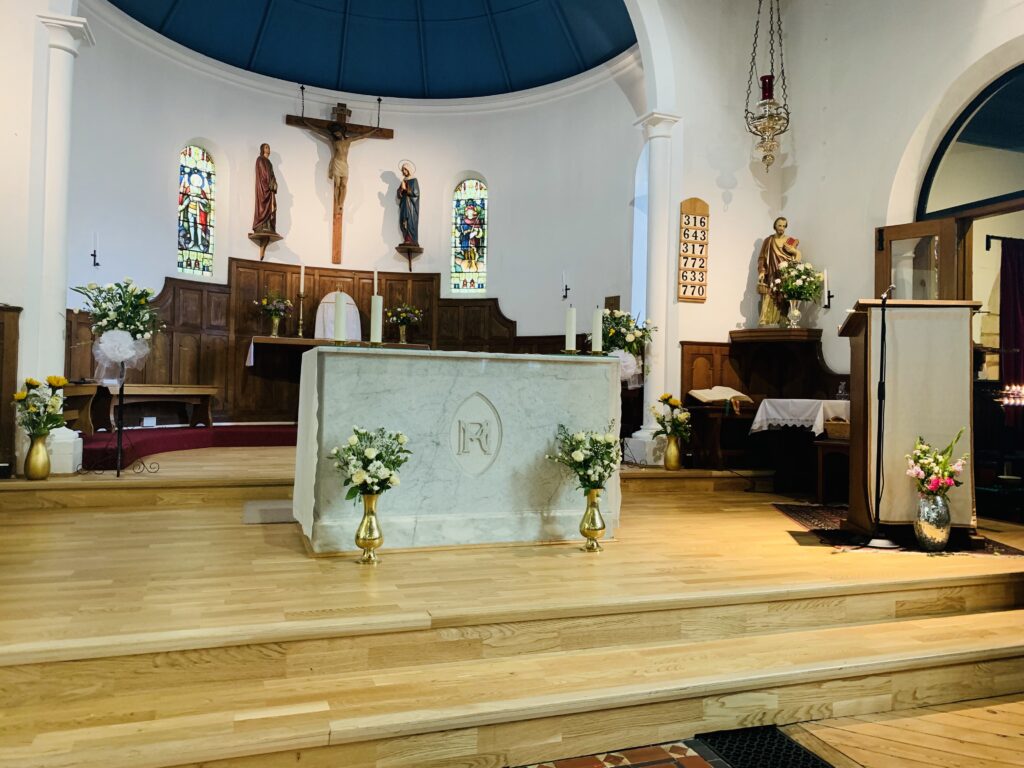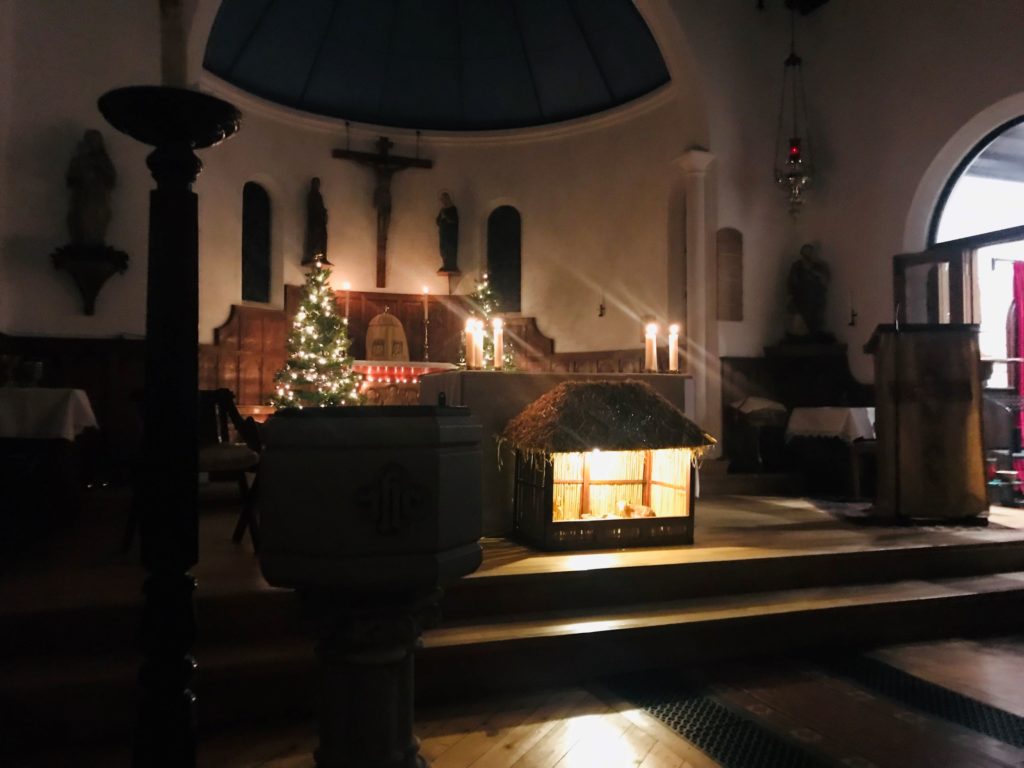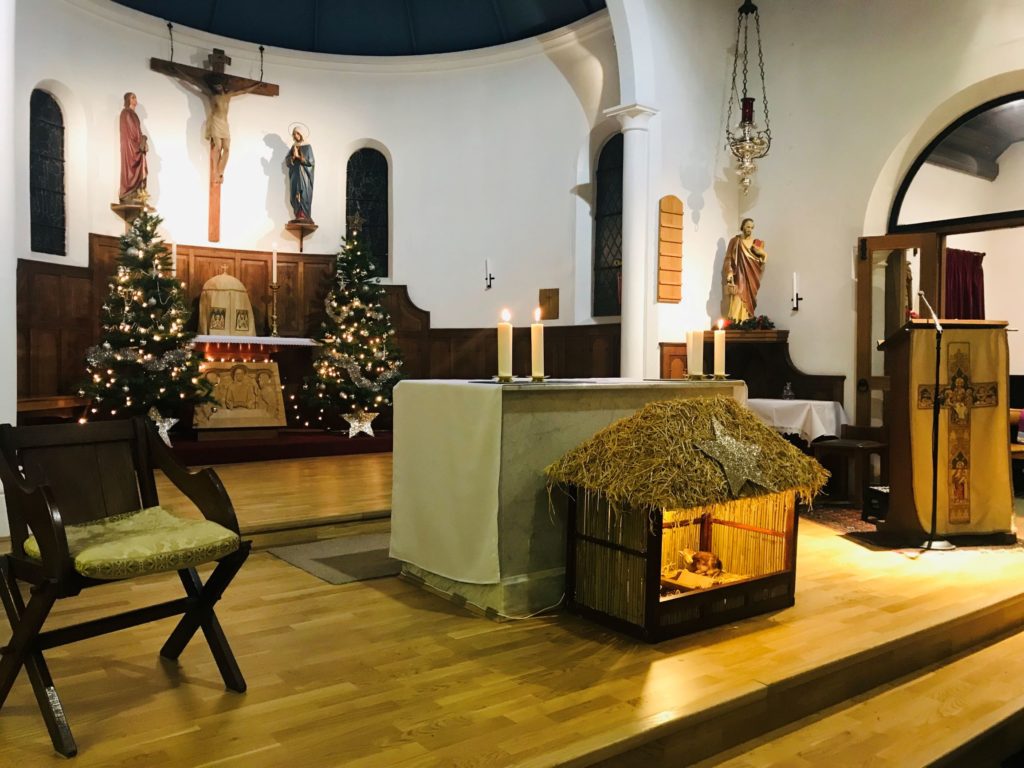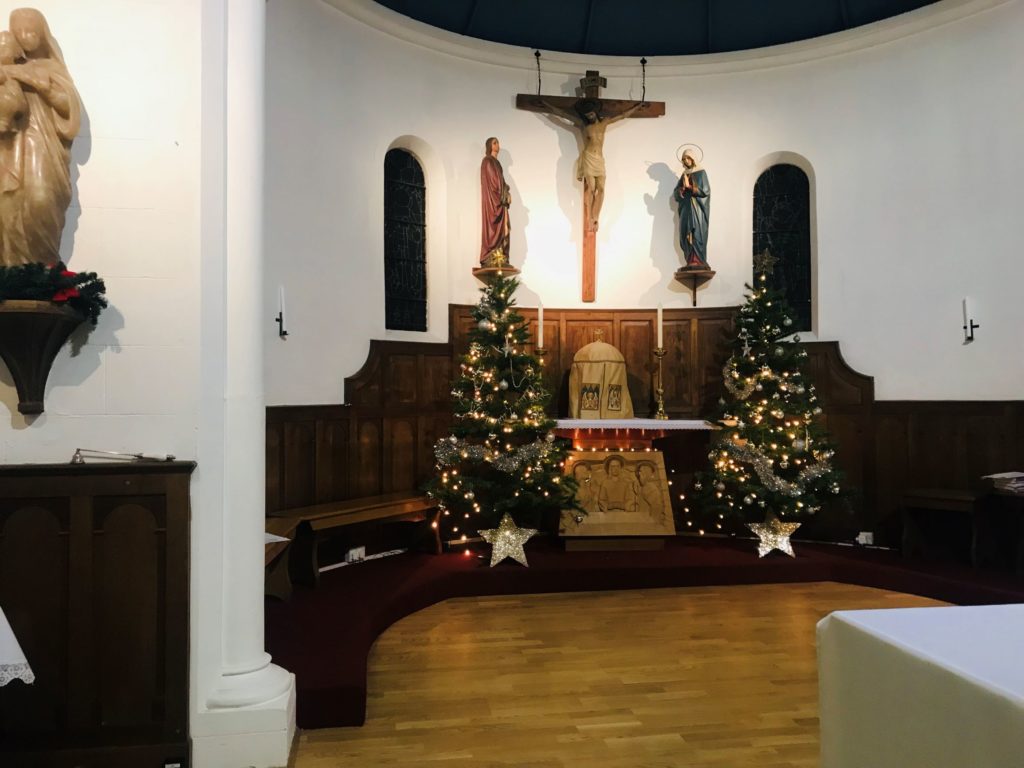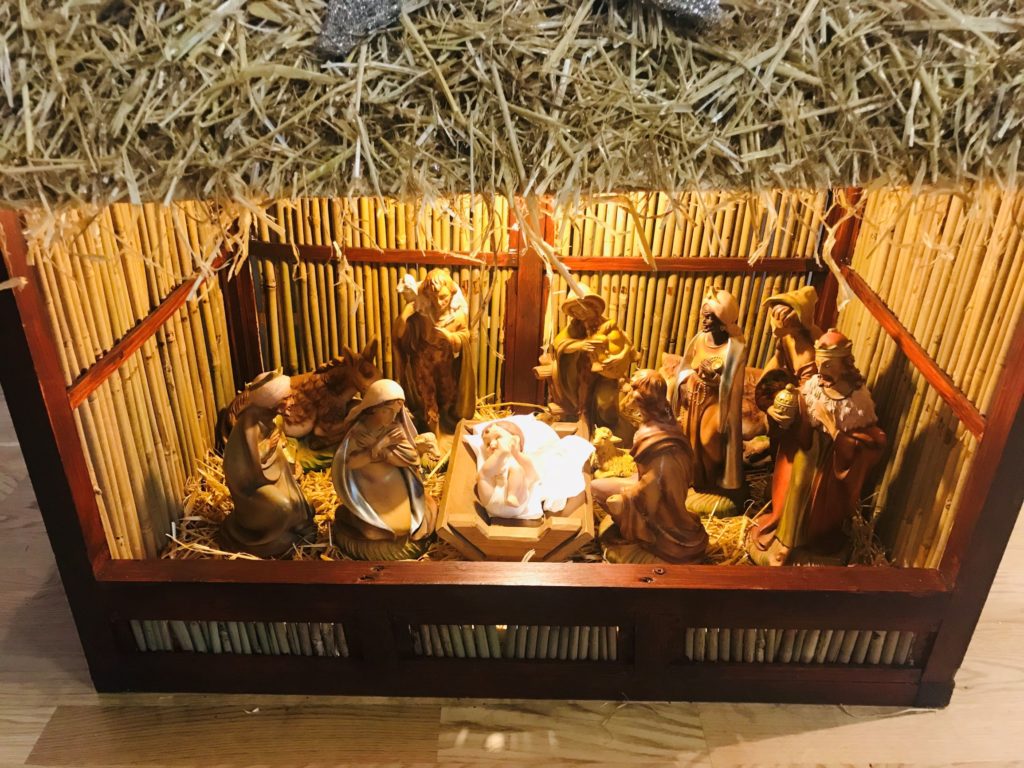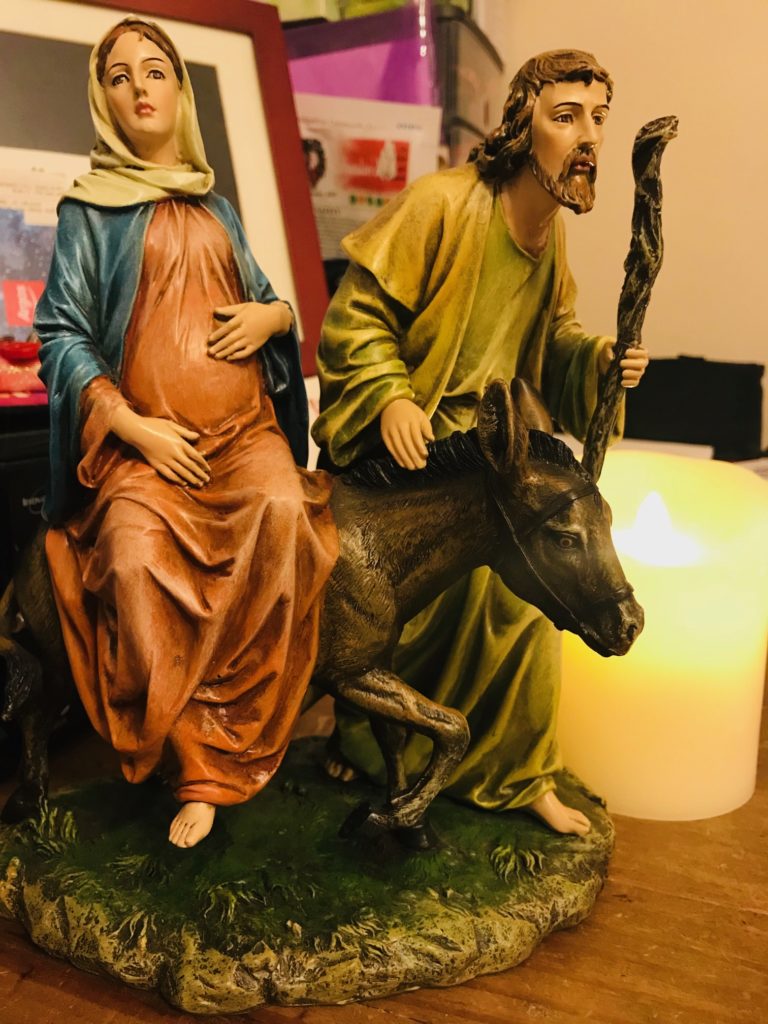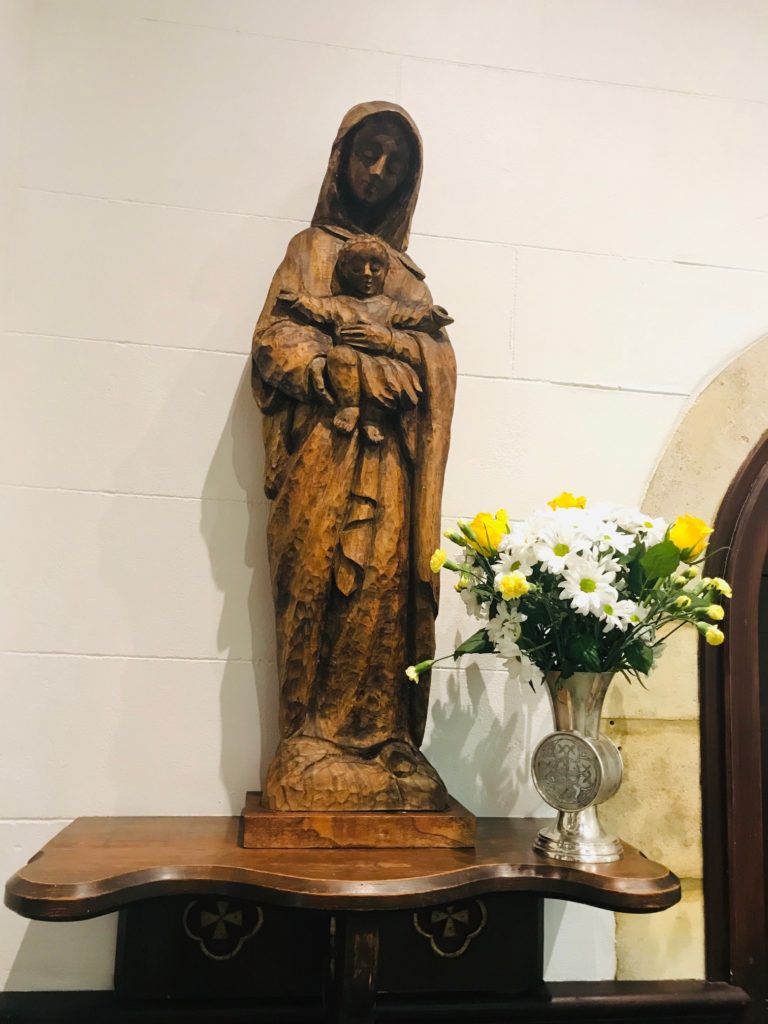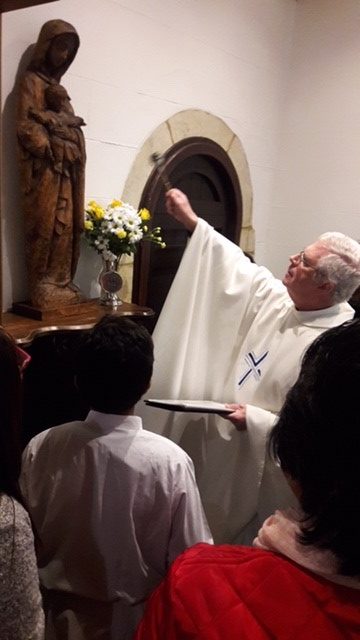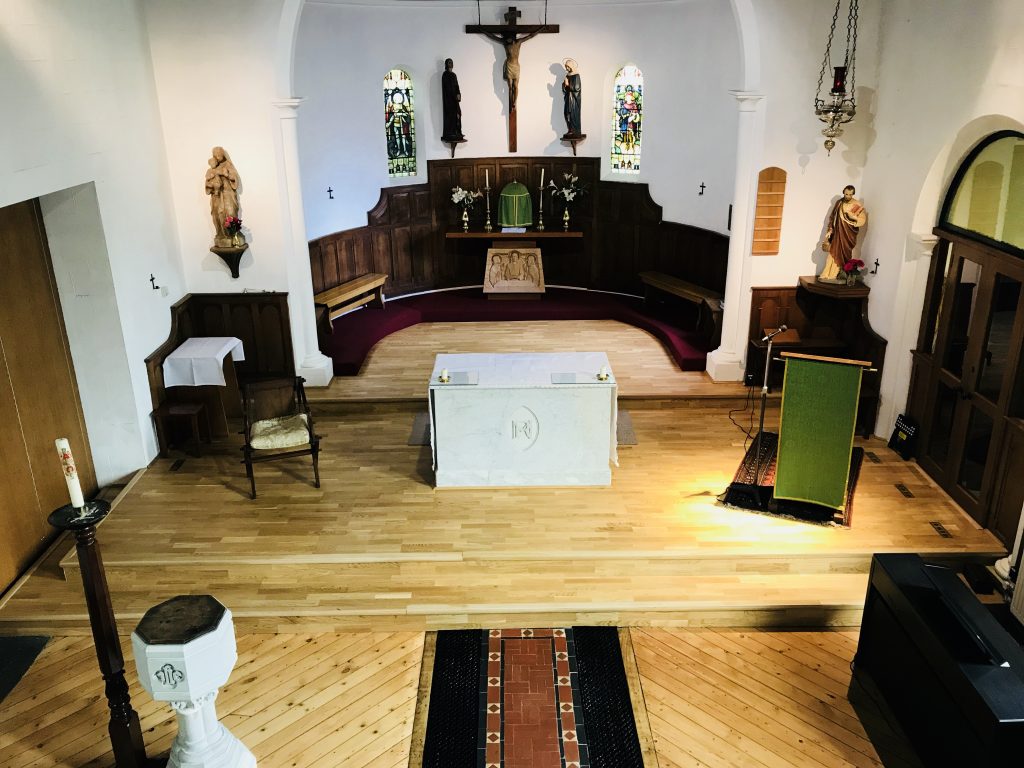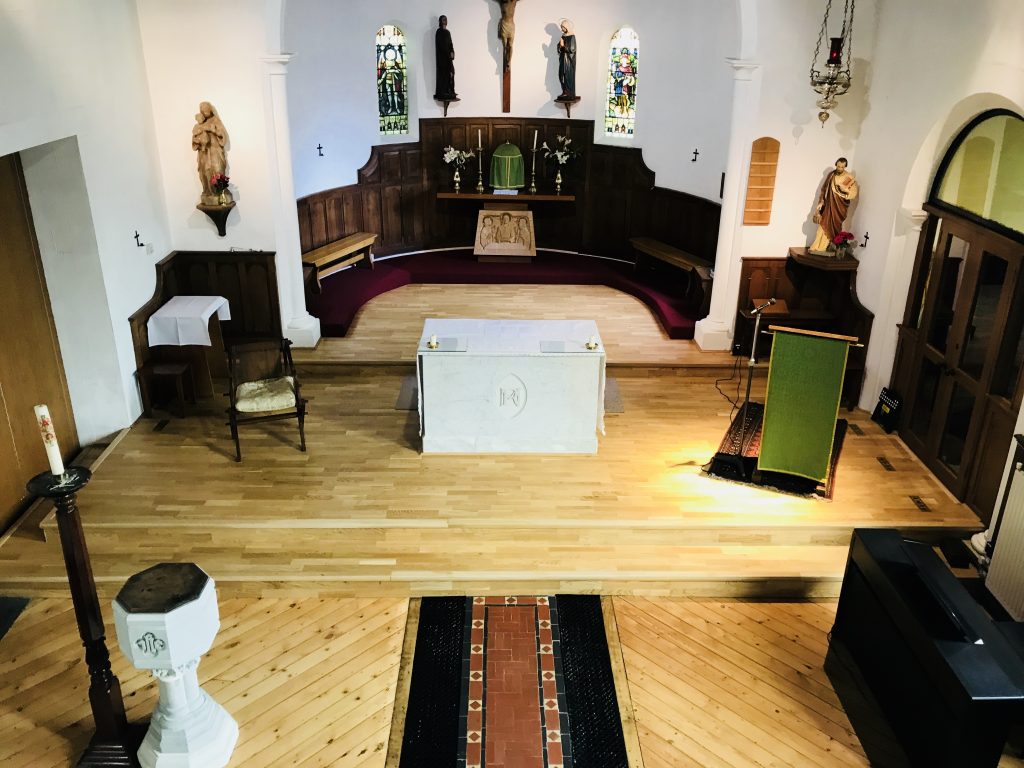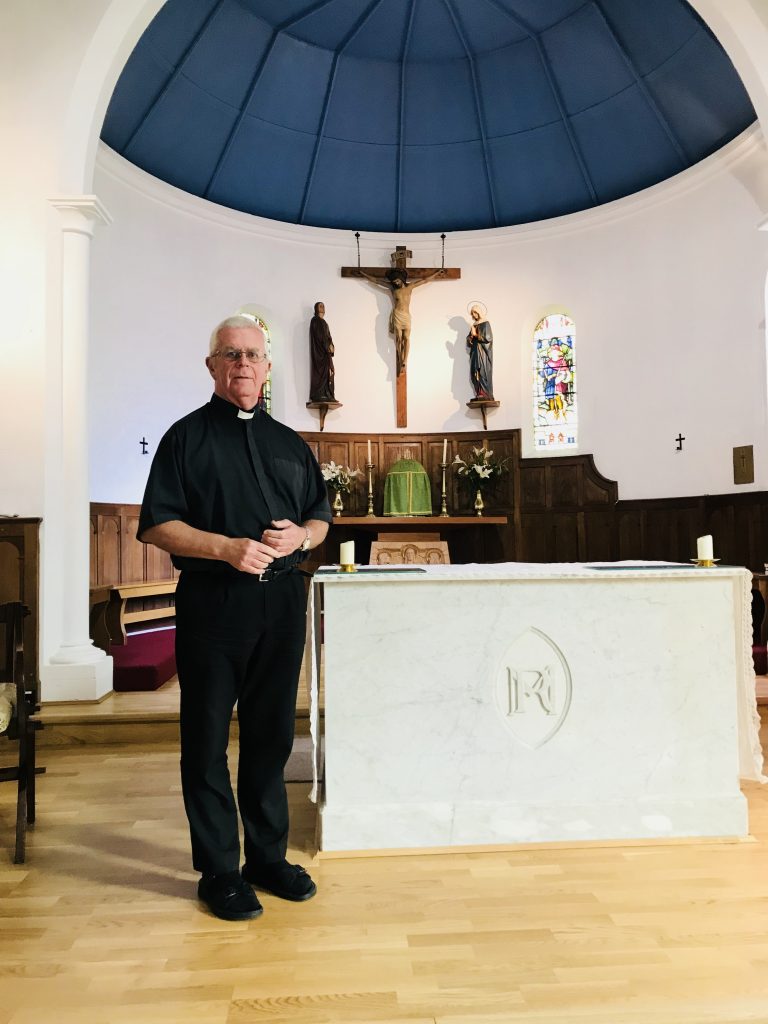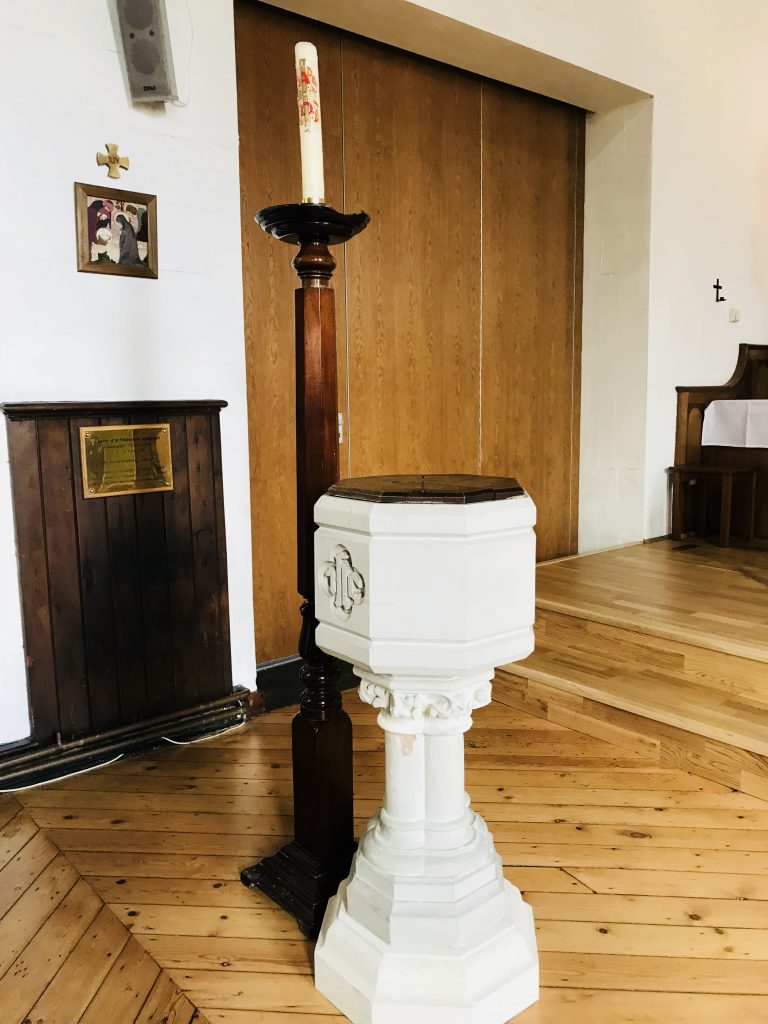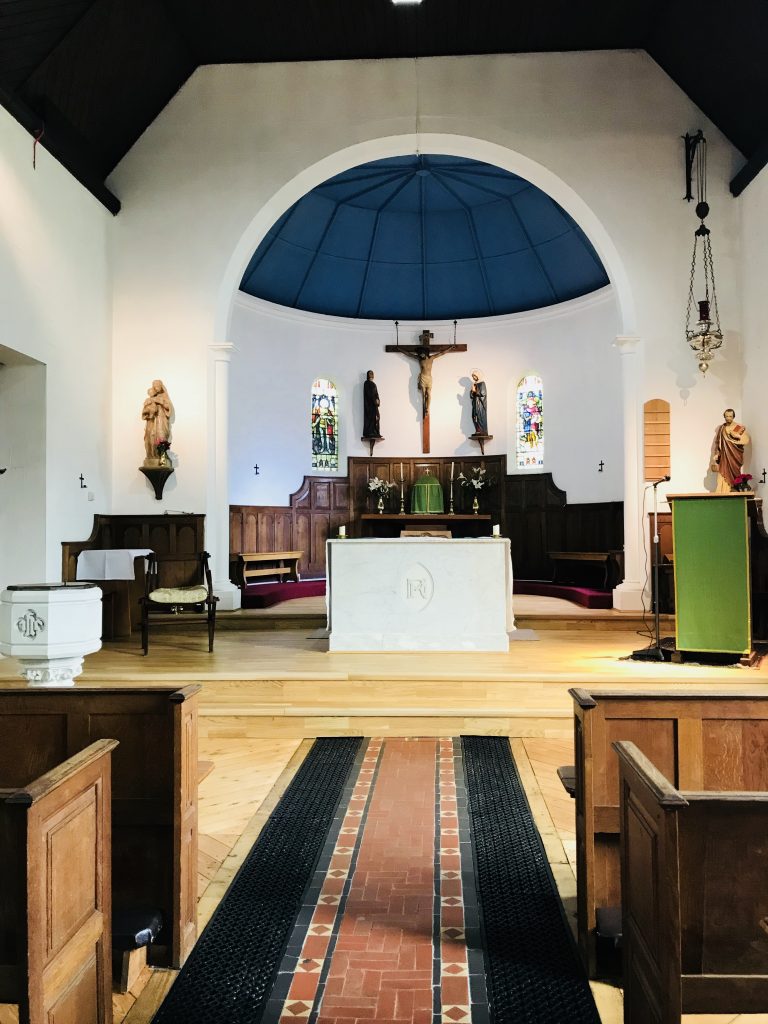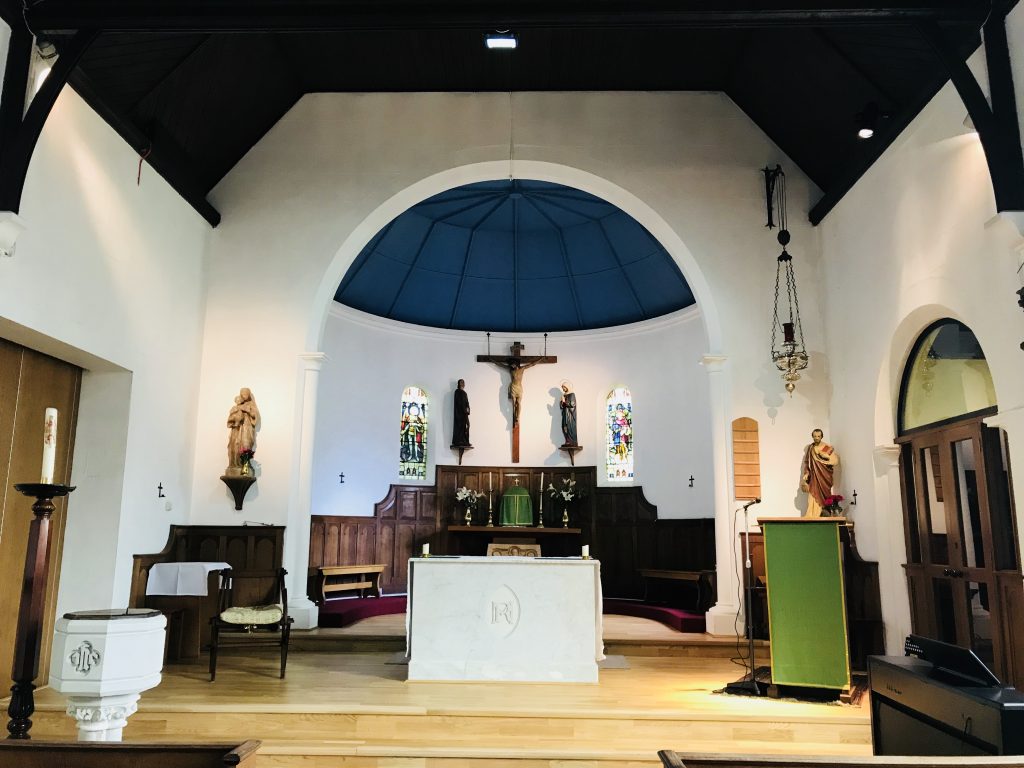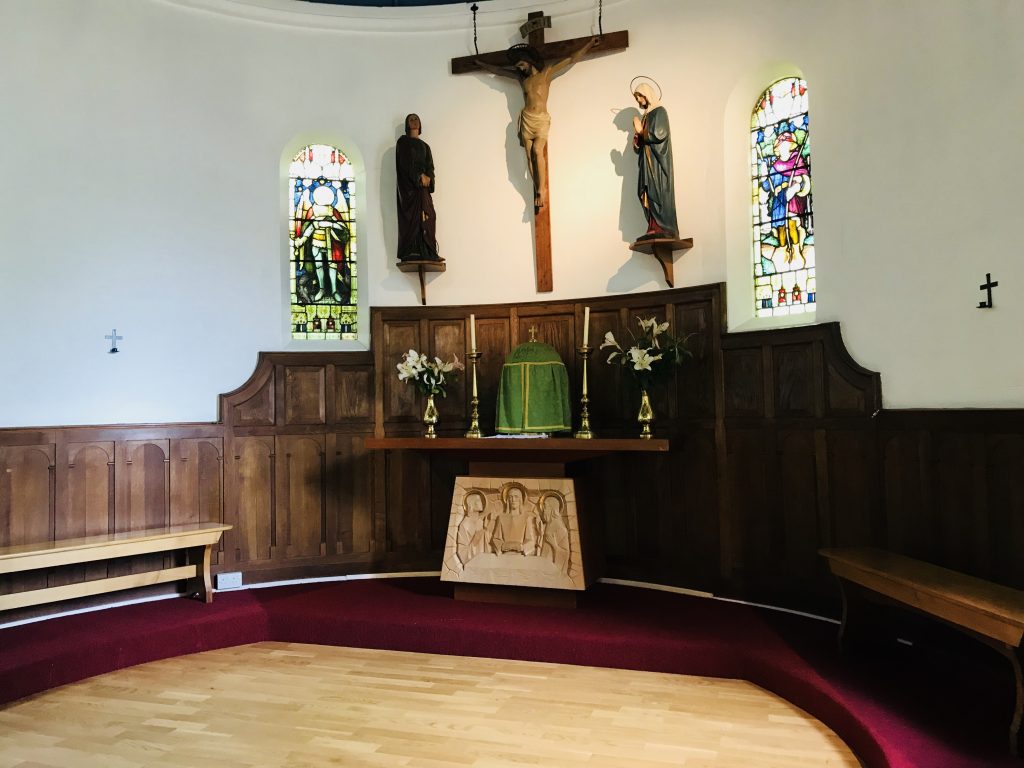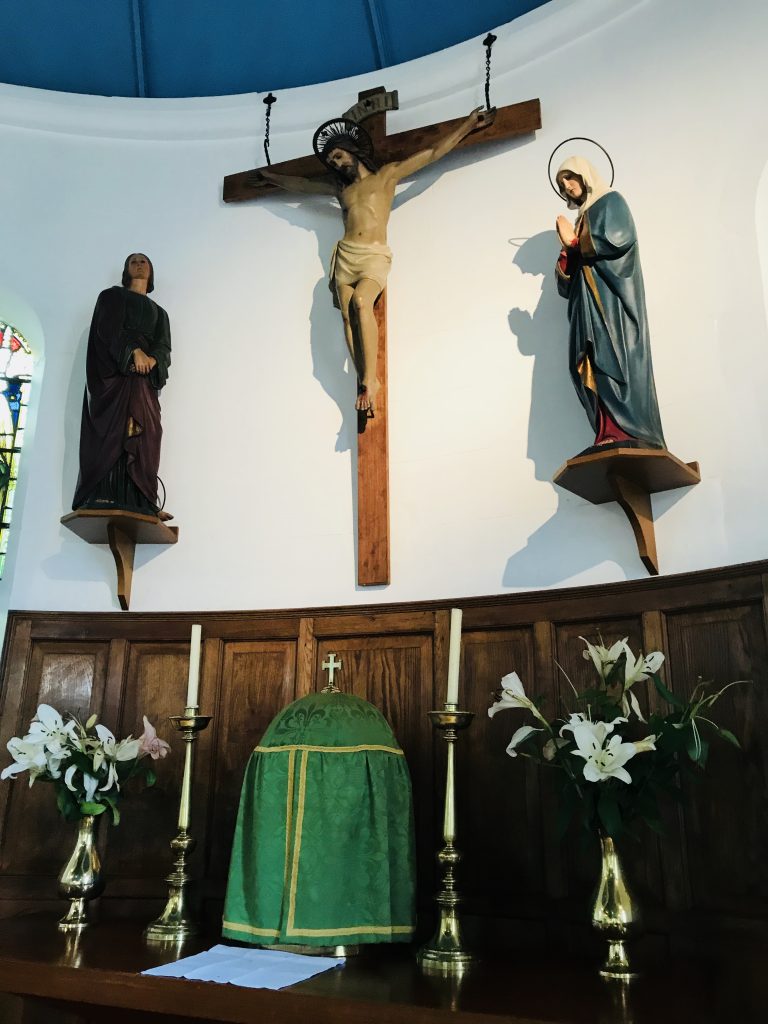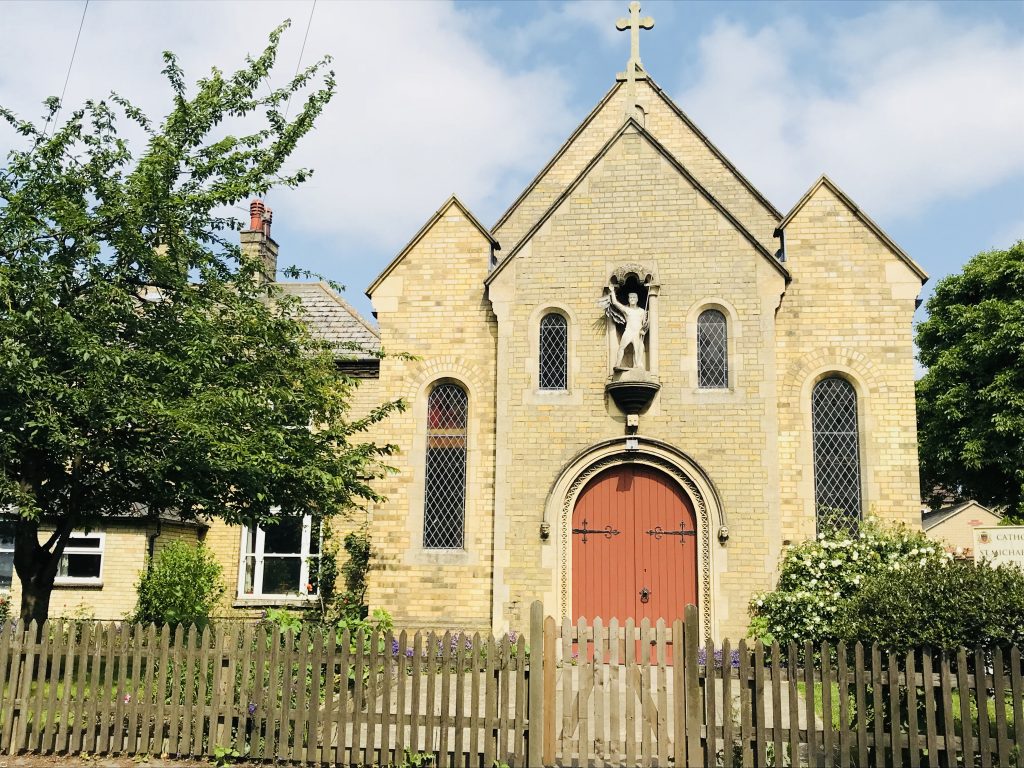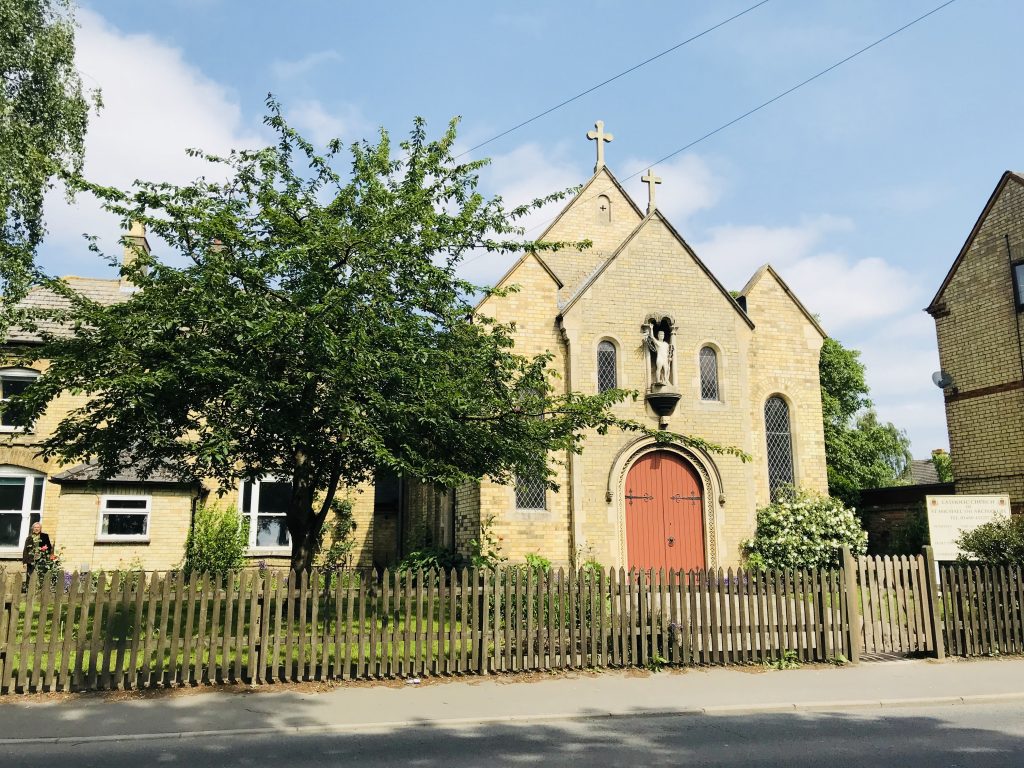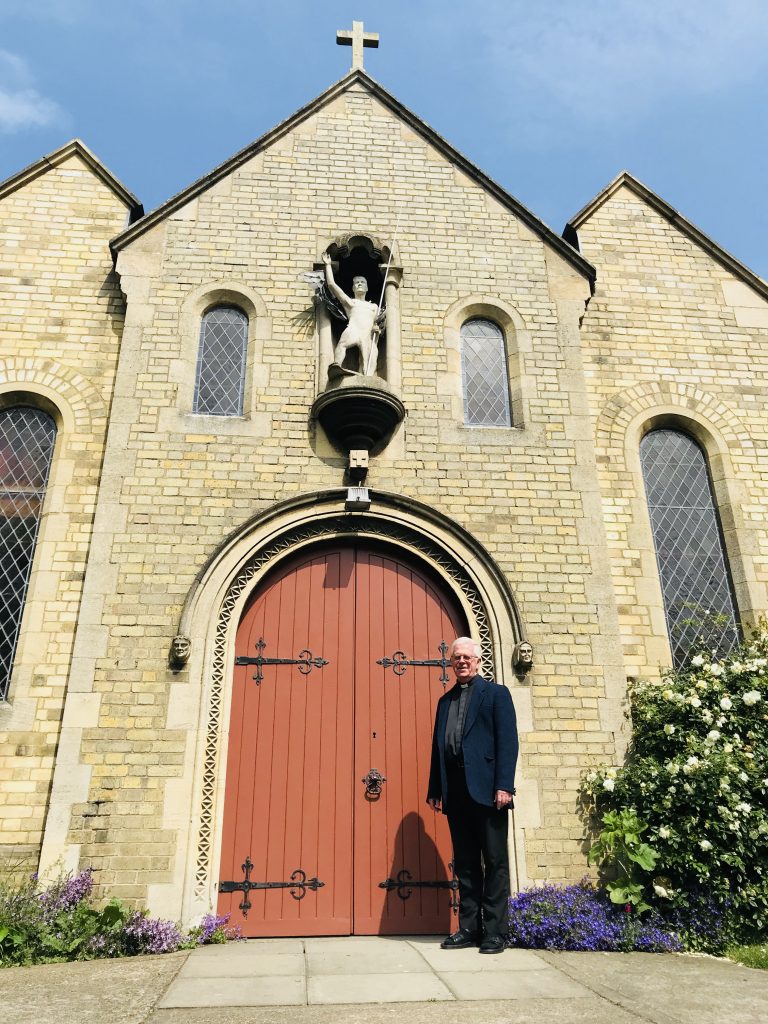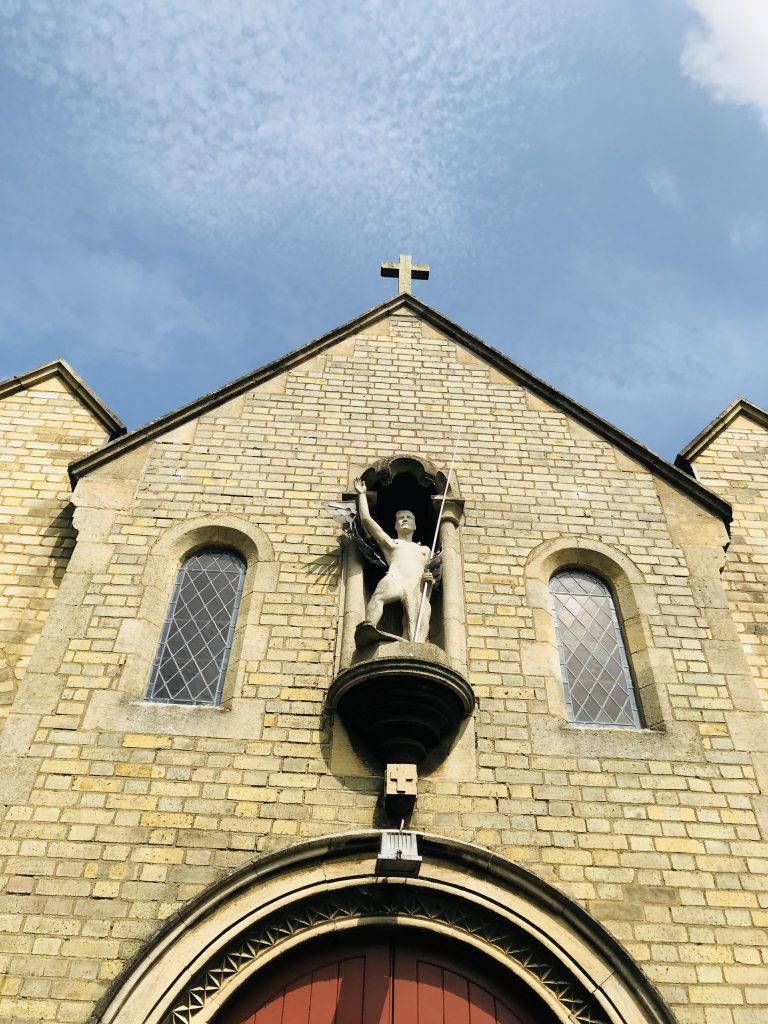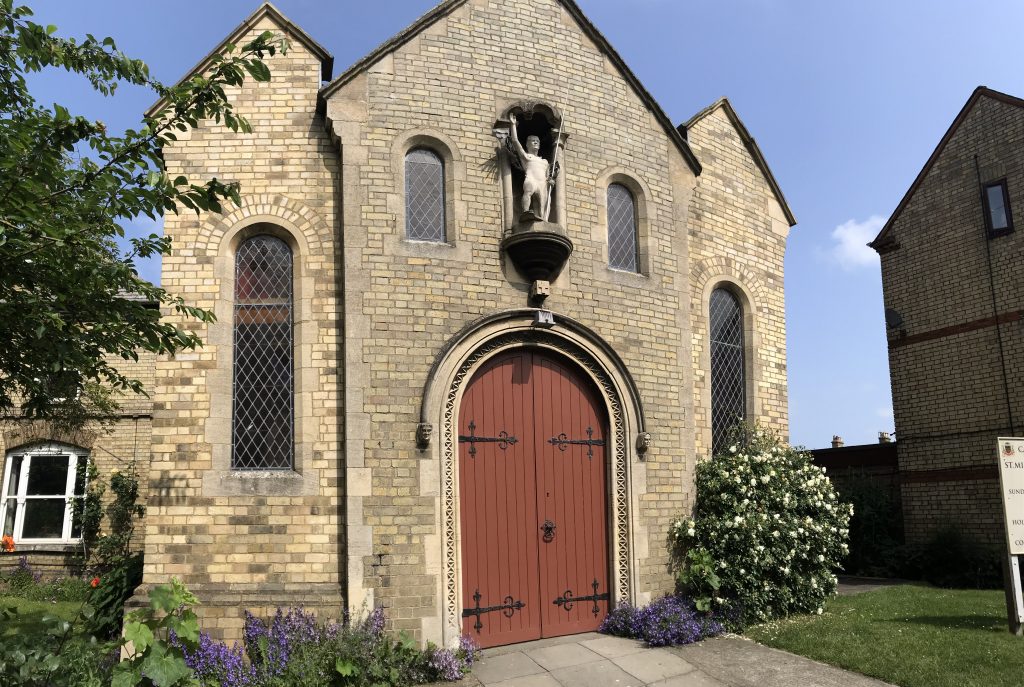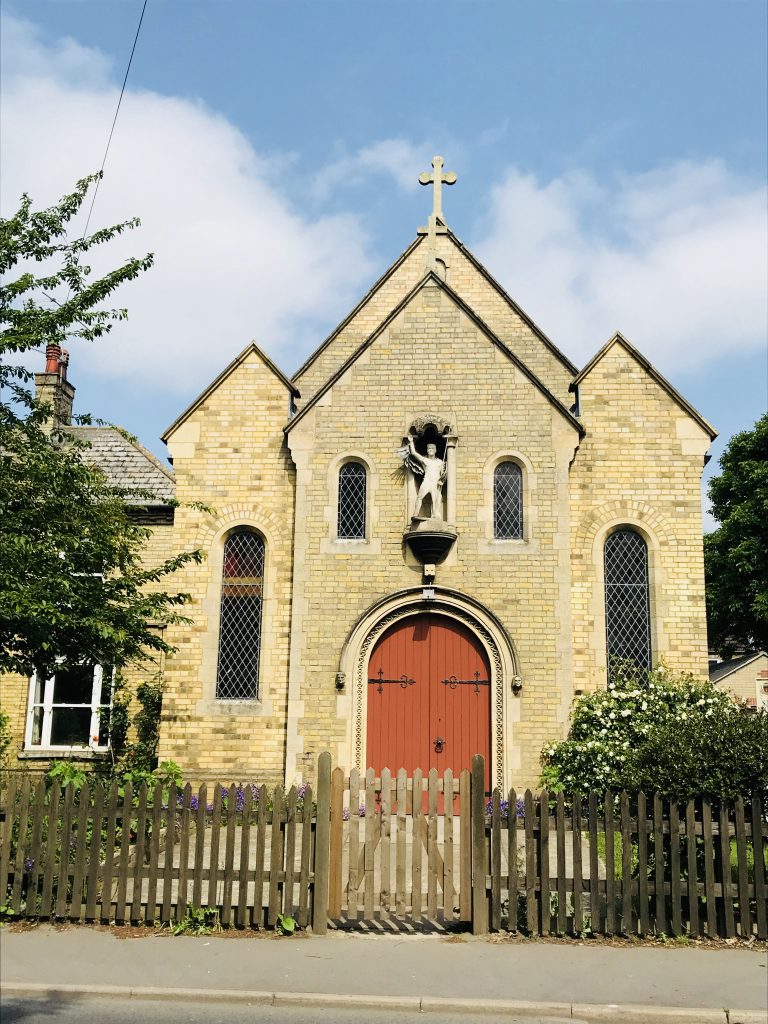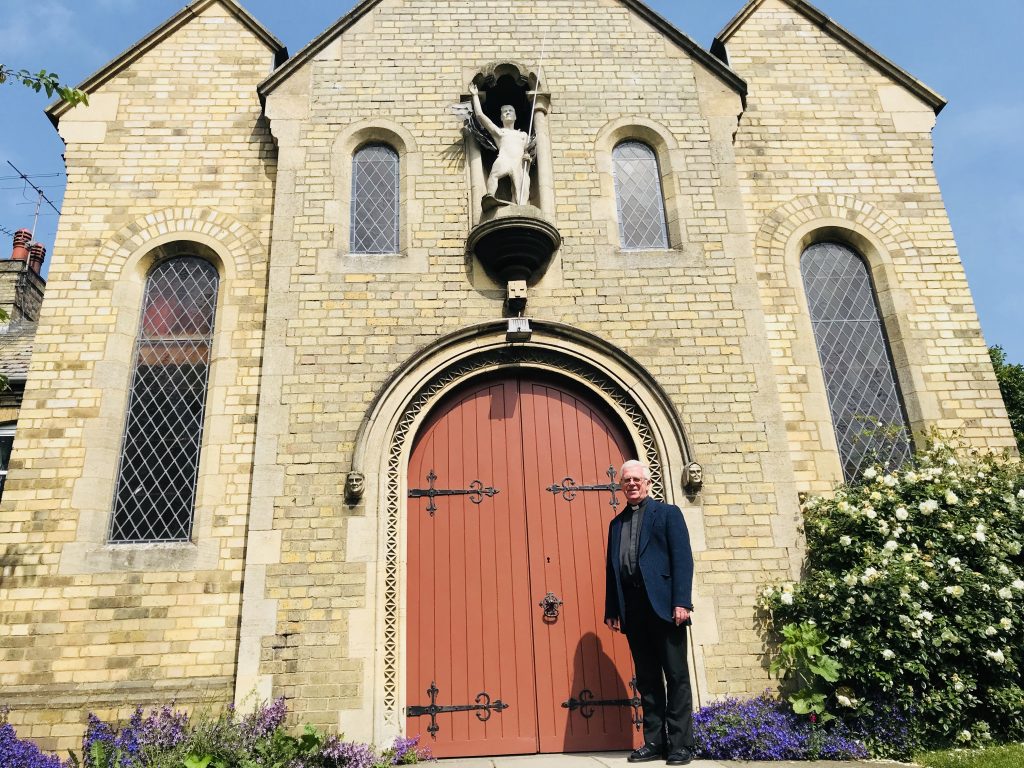Guidance on Re-opening of Catholic Churches for Individual Prayer
The doors of our churches have been closed since 23rd March 2020, following the clear instruction
from the Government. Bishops, priests and people share a deep desire to re-open our churches as
soon as the Government allows us to do so. Re-opening must, of course, happen in a safe manner,
and it is likely to take place in stages. Each stage will be accompanied by guidance to ensure this can
happen safely and effectively.
These guidance notes are intended to assist Parish Priests to be ready to re-open their churches as
soon as permission is granted. They focus on what is needed to open churches safely (i.e. providing
the least possible risk of transmission of the virus) for private prayer as a first step. This guidance
has been compiled with detailed public health advice and scrutiny and complies with the Principles
established by Government.
Principles
The Principles established by government to enable safe re-opening of churches below have been
incorporated into this guidance:
i. Protecting those at higher risk (e.g. the elderly, those extremely vulnerable and
shielding or clinically vulnerable and accessing annual flu immunisation);
ii. Enhanced cleaning of premises – more regularly and no sharing of items;
iii. Social Distancing – including when using outdoor spaces;
iv. Face coverings for reassurance;
v. Hygiene (hand-washing) or hand sanitising facilities for all;
vi. Managing children
What is “Individual Prayer?”
Individual prayer within a place of worship is defined as a person or household entering the venue to
pray on their own and not as part of a group, led prayer or communal act. They must be socially
distanced from other individuals or households. Collective or communal prayer and regular
scheduled services are not permitted at this time. This includes any minister of religion or lay person
leading devotions or prayer.
First Steps: Preparing for safe re-opening
Even before churches can re-open, there are some important preparations that will need to be made.
In order to be ready, Parish Priests need to ensure the fundamentals of infection control are in place
(which will protect those who are vulnerable) by doing the following:
1. Assembling a team of stewards to ensure that the guidance in this document can safely be put
into effect. The number of volunteers required will vary depending on the size of churches,
but priests will not be able to manage the re-opening of churches on their own. It is important
that those in the team should not be drawn from those instructed to shield themselves, nor, as
a general rule, from groups considered more vulnerable to coronavirus.
2. Securing sufficient supplies of alcohol hand gel, cleaning materials (including gloves for
cleaners) and tape to mark appropriate distances on floors and to block off areas of seating.
When buying supplies, it is important to ensure that hand gel with anti-viral properties is
obtained, this should be at least 65% alcohol: many hand sanitisers are only anti-bacterial and
offer no protection against coronavirus. Tape can be purchased online (search for ‘floor
Guidance on re-opening Catholic Churches for Individual Prayer
2
marking tape’ on Church Marketplace, Amazon etc). The Government advises that normal
household disinfectant and detergents are suitable for cleaning.
3. Mark distances on the floor and block off pews/chairs to ensure adequate social distancing (2
metres/6 feet between each person) is maintained throughout the church. As an alternative to
blocking off rows with tape, seating may be reconfigured if this is possible (e.g. by the
removing of chairs or pews). Depending on the size of the church, it may be beneficial to use
different areas of the church on different days to facilitate cleaning. The maximum person
capacity at any one time under the social distancing regime must be determined and this made
clear to those entering the church, preferably by way of clear signage (see 5 below).
4. Removing from the church all printed materials that are not designed for a single use. This
would include service books, hymn books, CTS pamphlets etc.
5. Preparing appropriate signage, e.g. asking people to sanitise their hands, on entry and exit, not
to touch or physically venerate statues or relics, clear entrance and exit signs, maximum safe
capacity etc.
6. Maintaining as much ventilation within the church space as possible; keeping doors open
decreases transmission risk through touching but also allows a flow of fresh air into the church
space. If the church has windows that can be opened, these should be.
7. Ensure that all taps, toilets and other water storage devices are run well to flush the systems
before anyone uses them, especially if the church has not been in use for some time.
How is the COVID-19 virus spread?
The Government guidance states that the spread of COVID-19 is most likely to happen when there is
close contact (within 2 metres or less) with an infected person. It is likely that the risk increases the
longer someone has close contact with an infected person. Respiratory secretions (droplets)
containing the virus are likely to be the most important means of transmission; these are produced
when an infected person coughs or sneezes.
Opening and operating safely: hand hygiene, cleaning and social distancing
The Bishops’ Conference of England and Wales are working with our Public Health advisors, Public
Health England and the Government in order to provide clear directives for the opening of our
churches safely which minimises the risk of virus transmission. Considering the above understanding
of virus transmission, the proposed directives are:
1. At least two stewards must be present in the church throughout the time it is open for prayer;
the stewards must ensure that hand sanitisation occurs at entry and exit points, social
distancing is maintained by people in the church and if a pre-determined capacity is reached,
they prevent others from entering the church. (Through, for example, a “one in, one out”
policy.) People with cold or flu-like symptoms should be asked not to enter.
2. Stewards themselves should practice good hand hygiene through either regular hand washing
or the use of alcohol-based hand sanitiser. They should not eat or drink or touch their face
unless they have immediately washed their hands beforehand and should maintain social
distance within the church. They should ensure any cuts or grazes on their hands are
completely covered with waterproof dressings. They should not physically assist people
Guidance on re-opening Catholic Churches for Individual Prayer
3
unless absolutely necessary, for example in an emergency for first aid1. In this case there are
some basic steps which stewards should be aware of:
a. Be aware of the risks to yourselves and others in helping someone.
b. Make sure you wash your hands and use an alcohol gel, before and after helping
someone. Ensure that you do not cough or sneeze over someone when you are helping
them.
c. Wear disposable gloves or cover hands when dealing with people and dispose of them
securely.
d. Dispose of all waste from first aid safely in tied bags in bins.
e. Do not touch a wound with your bare hand.
f. Do not touch any part of a dressing that will come in contact with a wound.
3. It would be an additional infection control measure if people could enter and leave the church
via separate doors. If this is not possible, stewards should do all they can to ensure people
keep an appropriate social distance while entering and leaving church (eg by having an
entrance line and an exit line).
4. Alcohol hand gel should be provided at the doors, with notices asking people to sanitise their
hands as they enter and leave the church.
5. Places where people can sit or kneel in prayer should be two metres apart from one another in
all directions. Benches should be blocked off, or seats rearranged, to facilitate this social
distancing. People who are part of the same household can sit together but those not from the
same household should maintain social distancing while in church.
6. The church must be cleaned fully at least once a day, using appropriate cleaning products and
paying particular attention to touch points (door handles, collection boxes etc). Areas that are
likely to be touched frequently (such as door handles) should be cleaned more often2
.
a. Cleaning an area with normal household disinfectant or detergent (including on pews)
will reduce the risk of passing the infection on to other people.
b. Those doing this work must wear disposable or washing-up gloves and aprons for
cleaning. How these are disposed of or cleaned is important.3
c. The cleaning method for surfaces and touchpoints should be by using a disposable
cloth or disposable paper tissues; first clean hard surfaces with detergent and water or
detergent spray; not polish spray on its own. Pay particular attention to frequently
touched areas and surfaces, such as bathrooms, grab-rails in corridors and stairwells
and door handles. Anti-viral spray cleaner which does not harm wood and other
fittings is available from suppliers.
d. Those doing this work must practice good hygiene: wash their hands regularly with
soap and water for 20 seconds, especially after removing gloves, aprons and other
protection used while cleaning
1 For more information on supporting people in emergency situations see the full government guidance at:
https://www.gov.uk/government/publications/novel-coronavirus-2019-ncov-interim-guidance-for-firstresponders/interim-guidance-for-first-responders-and-others-in-close-contact-with-symptomatic-people-with-potential2019-ncov 2 For more information on cleaning and disinfection see the full government guidance at:
https://www.gov.uk/government/publications/covid-19-decontamination-in-non-healthcare-settings/covid-19-
decontamination-in-non-healthcare-settings 3 If it is known that there has been an exposure to the virus, disposable cleaning materials should be double-bagged, then
stored for 72 hours then thrown away in the regular rubbish after cleaning is finished. If not disposable, they should be
washed at 60 degrees or above before re-use.
Guidance on re-opening Catholic Churches for Individual Prayer
4
7. Toilet facilities in churches should remain closed to prevent any risk of transmission of
infection. If facilities for hand washing only can be provided, and these can be cleaned
frequently, then these can be opened to allow people to wash their hands but only if liquid
soap can be provided and air driers or disposable paper towels are used. Cloth towels should
not be used.
8. Only printed materials intended to be taken away from the church by the user can be made
available. Hymn books, missals, devotional materials etc which may be re-used should be
removed from the church.
9. Physical veneration of relics or objects such as statues, crucifixes and shrines is not permitted.
There should be no holy water in church stoups. Care should be exercised when lighting
candles on votive stands using existing candles as a source of ignition, not lighters, matches
or tapers. For electric candle stands, clean the row of buttons frequently.
Face Coverings
Government has advised that cloth face coverings (and not surgical masks) could be worn for
reassurance by people in enclosed areas but are not strictly necessary. Churches do not need to supply
face coverings. People should not see their voluntary use disrespectful to prayer or the sacred space.
Children
While children are unlikely to become very ill, they are capable of both being infected by the virus
and of spreading it. Parents or guardians bringing children into a church should not be discouraged
from doing so, but it will be important for parents to manage their children appropriately, particularly
ensuring they touch as few surfaces as possible for their own safety.
Vulnerable People
It remains a person’s own choice to come to church to pray. Churches may wish to consider setting
aside a section only for people who are more vulnerable to serious disease if infected, and clearly
signposted as such, or otherwise having a designated time only for people who are more vulnerable
and wish to pray privately.
Individual prayer only
This advice concerns only the opening of churches for private prayer. Further detailed advice will be
issued in due course when public worship is safe to re-commence. This advice cannot be followed
for other activities that may take place on parish premises, such as groups that would meet in church
halls, because at present these must remain closed. This is because group gatherings at the time
of writing are not permitted by law, and social distancing cannot be monitored in an effective way
with groups that meet socially or for other activities in our premises.
The importance of these measures
These measures may seem burdensome, or even a little daunting. They are however necessary, not
least because if any churches are seen to be operating in a way that may increase the spread of the
virus, there is a risk that stricter measures such as prohibition or enforced closure notices could be reimposed by local authorities or even national administrations. It is our hope that with priests and their
parishioners working effectively together, we will be able to open churches safely for private prayer,
as a significant step towards the resumption of the celebration of Mass and the sacraments.
Rev. Canon Christopher Thomas
1st June 2020

